Ancient Egypt: 40 Things People Don’t Know About The Ancient Civilization
Ancient Egypt is one of the planet’s earliest civilizations, and it maintains a special place in history. Scholars are pretty knowledgeable about it. But even if you aren’t a history expert or didn’t study this civilization in school, you have undoubtedly heard of the pyramids.
These structures have come to represent Egypt in both its ancient and contemporary forms.
Our understanding of geography, mathematics, and astronomy has been greatly enhanced by the wisdom that the Ancient Egyptian culture left behind. On top of everything else, the Egyptians were excellent engineers as well. Can you comprehend the level of particular expertise required for pyramid construction?
We have gathered a few of the lesser-known details regarding ancient Egypt for this piece. Which ones are surprising for you?
The Unholy Trinity
When Cleopatra and Julius Caesar first met, Egypt was in the throes of a major conflict. In fact, Cleopatra left for Syria in 53 B.C. to escape her brother (and husband) Ptolemy XIII, who ruled Egypt. She attempted to overthrow Ptolemy XIII and seize all control.
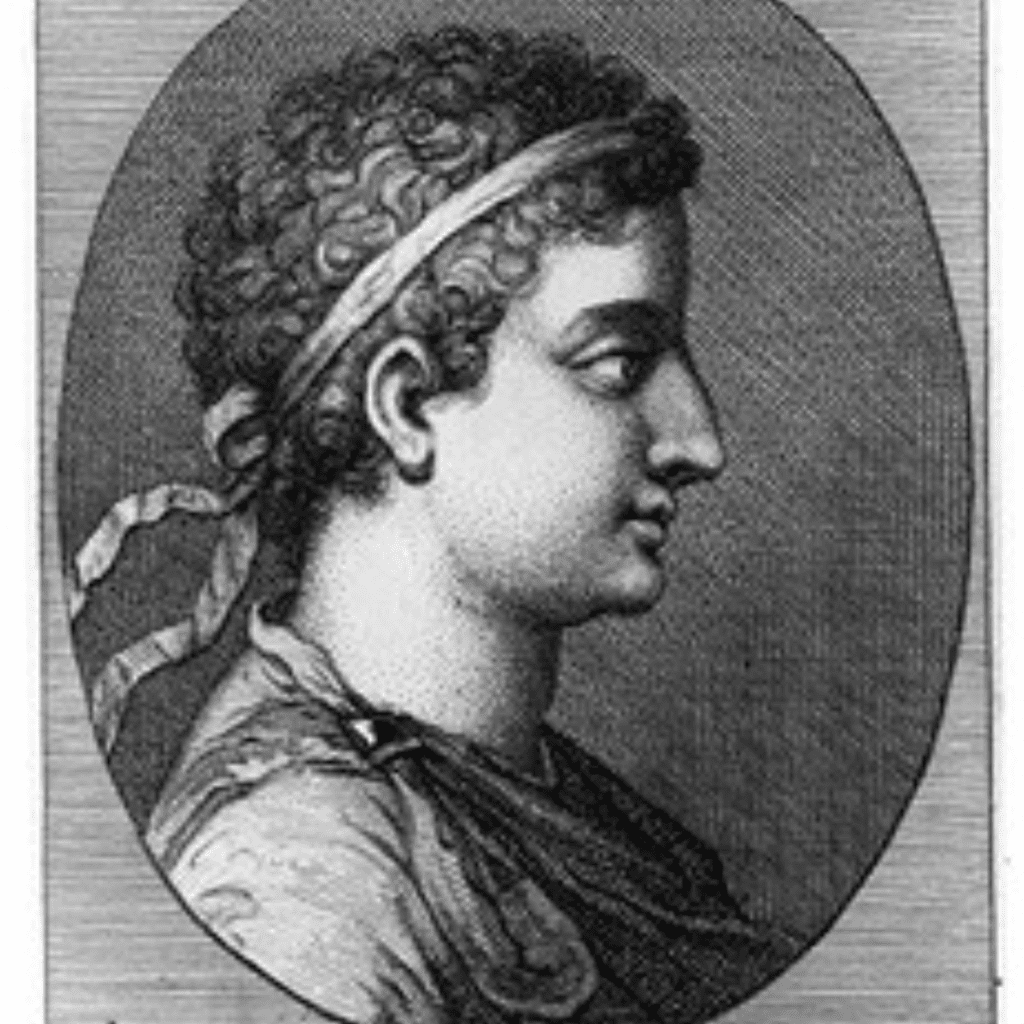
He expelled her from Egypt because of this. Julius Caesar regarded this dispute as a chance to conquer Egypt’s eastern regions. He was the Roman consul at the time. With the help of Julius Caesar, Cleopatra overcame Ptolemy and took over as ruler of Egypt.
Ancient Egyptians and their pets
Everyone seems to be aware of how much the Egyptians cherished their cats, who were connected to the deity Bastet. But Egyptians kept other animals for pets as well. In Egyptian houses, birds of prey, ibises, hounds, lions, and even baboons also enjoyed great respect.
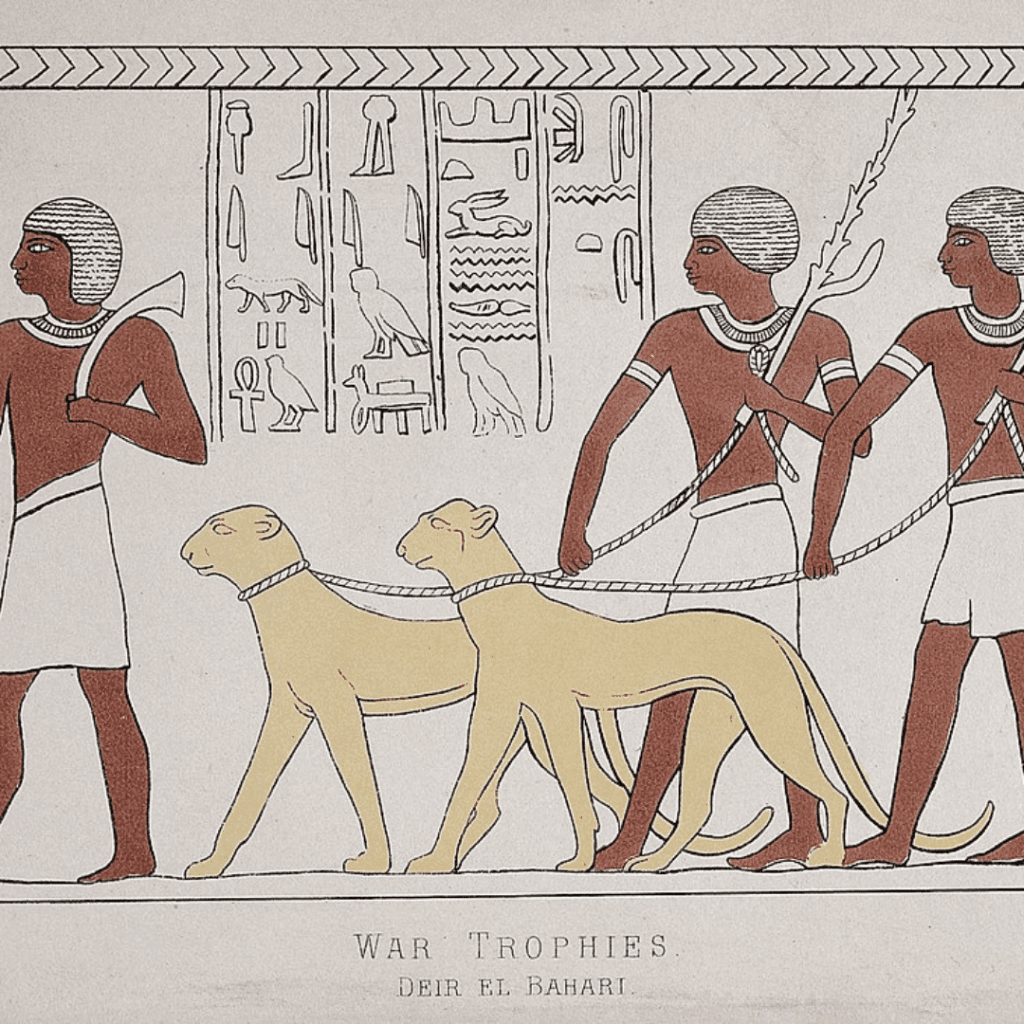
Those pets also had special status. Animals were frequently mummified and interred with their masters after passing away. The ancient Egyptians trained animals to assist in chores. For example, the Egyptian police used to patrol using trained dogs and occasionally even baboons.
Who built the pyramids?
Contrary to popular belief, enslaved people didn’t build the pyramids. The lifestyle of a pyramid worker was undoubtedly difficult. Worker skeletons frequently have symptoms of arthritis as well as other diseases. Research proves that hired workers, instead, constructed the enormous tombs.
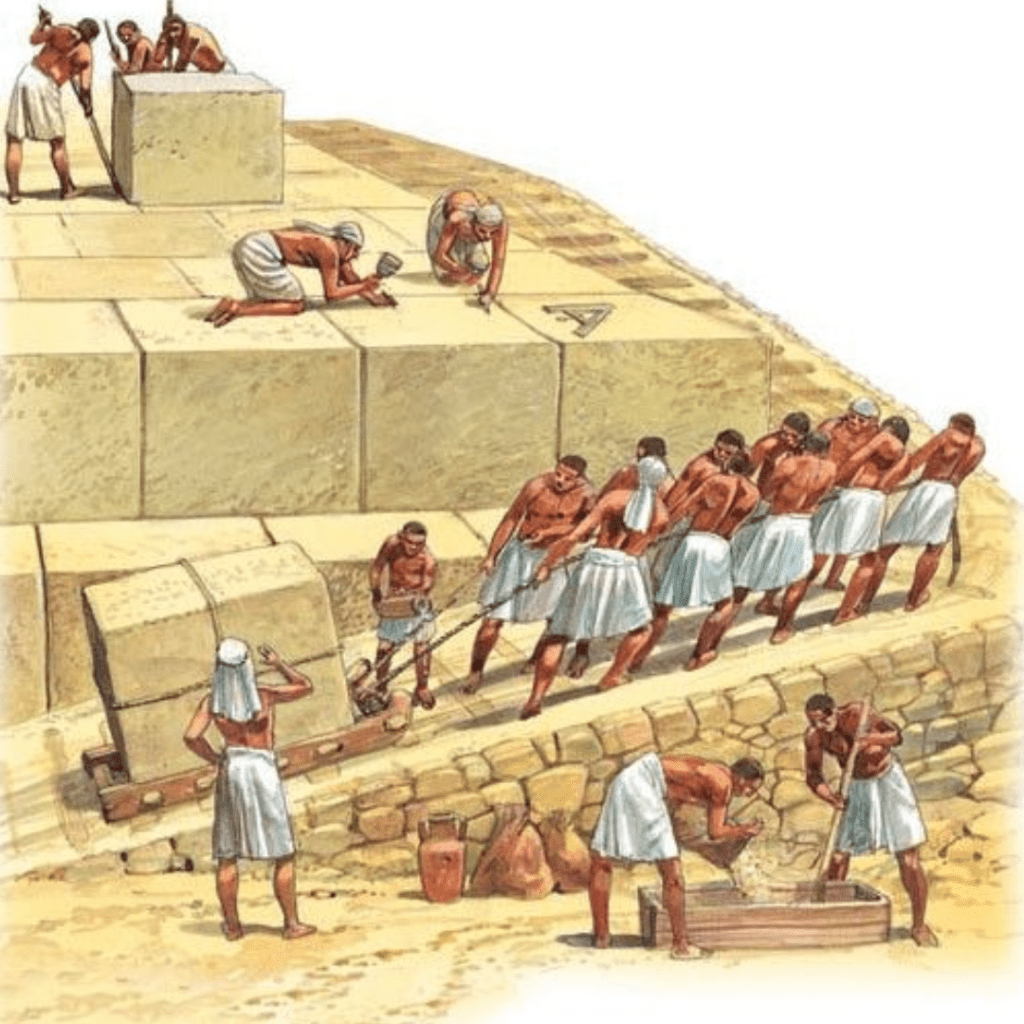
They were a blend of temporary workers and expert artisans, and a few of them appear to have taken great delight in their work. Graffiti discovered close to the structures indicates that they gave their personnel comical names like the “Drunkards of Menkaure” or the “Friends of Khufu.”
Rules don’t apply when you’re the god-king
In Ancient Egypt, there were rigorous regulations governing the embalming procedure. Leaving the heart within the body, whereas other parts were extracted, was one such rule. Imagine how surprised archaeologists were to learn that none other than Tutankhamun had broken this taboo.
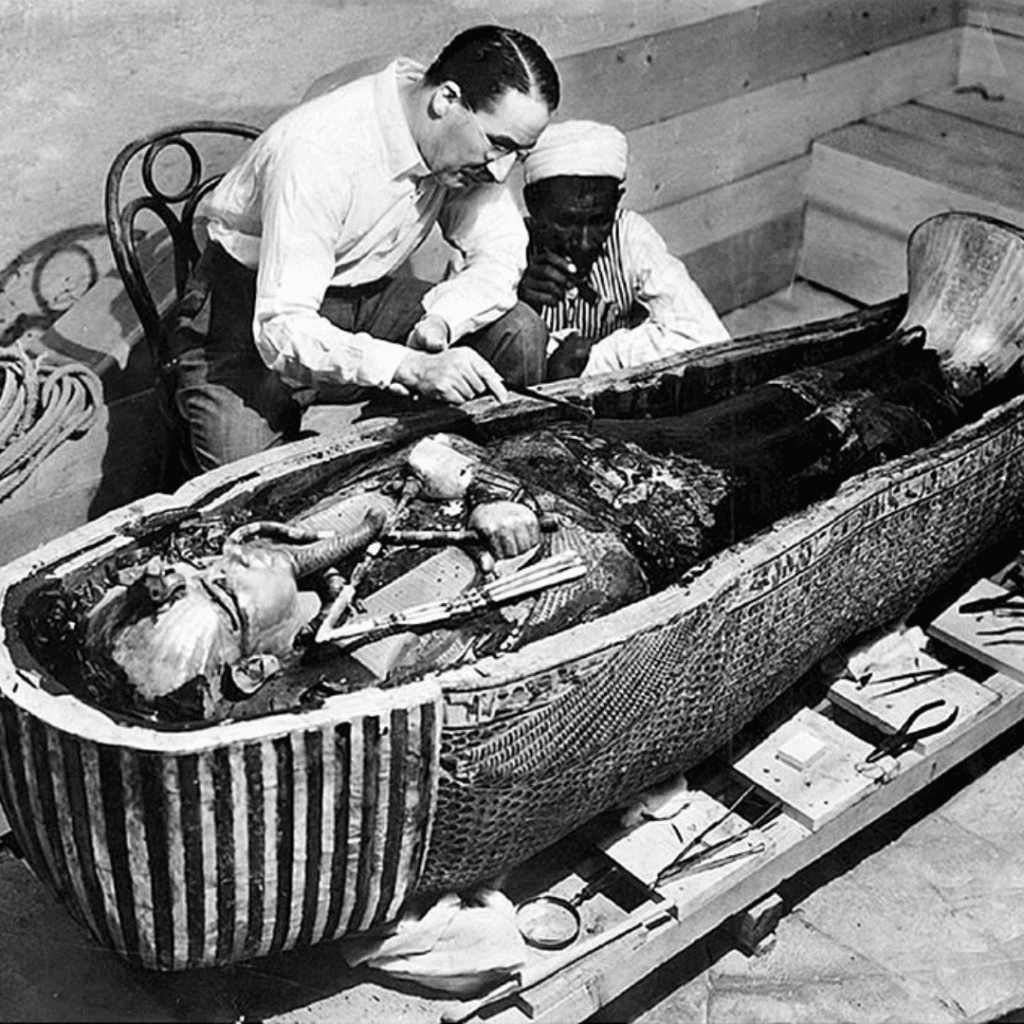
The teenage monarch might have suffered a chest wound before he passed away. Some Egyptologists think that a hippo’s attack caused the injury that caused him to lose his chest wall. Archaeological evidence suggests that hippos were hunted for sport by the Egyptians.
The first peace accord
War was frequent in Ancient Egypt. The nation’s conflict with the Hittite Empire regarding territory in what would later become Syria was one of the deadliest, lasting for over two centuries. Both kingdoms were at risk of an invasion when the pharaoh Ramses II rose to the throne.
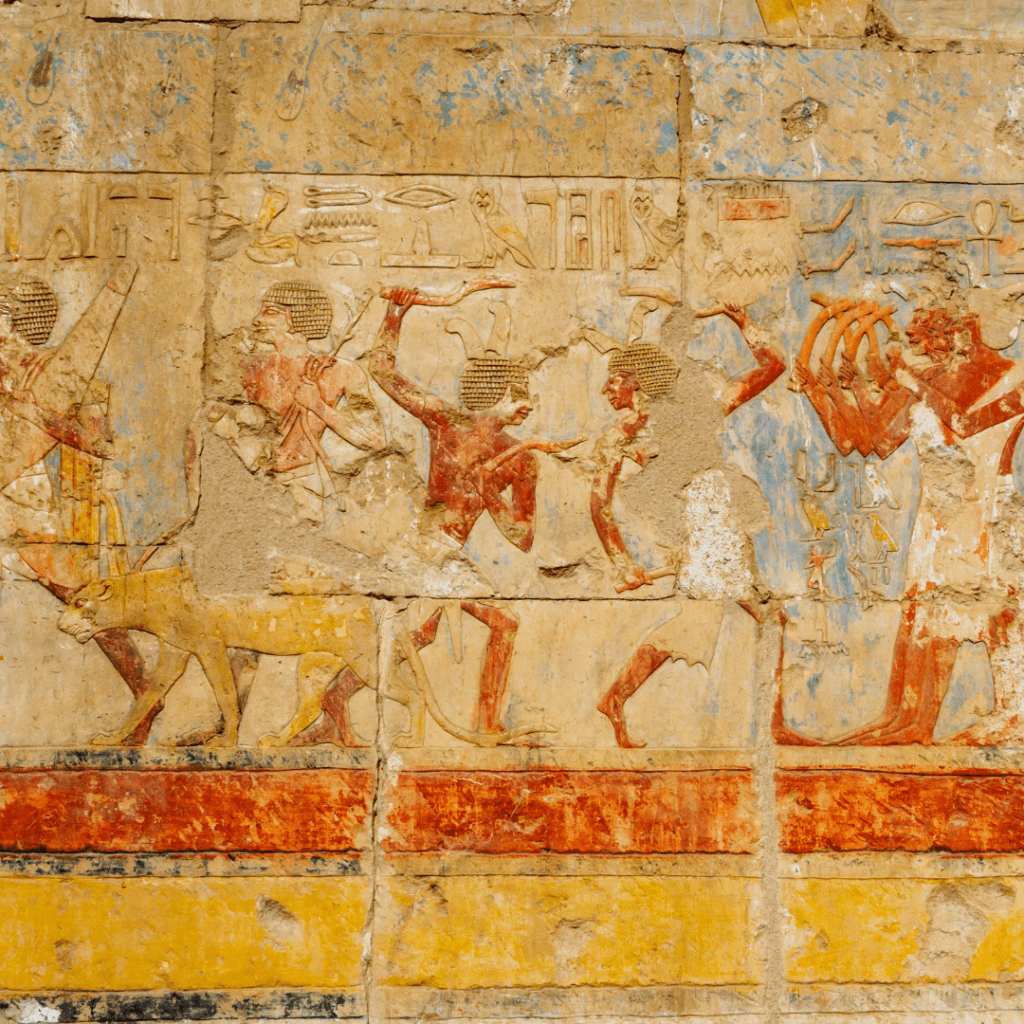
The pharaoh suggested what would subsequently be recognized as the Egyptian-Hittite peace pact. It is one of the earliest known recorded peace accords. It was done in order to put an end to the conflict that had consumed a lot of essential resources.
Board games back then
Ancient Egyptians loved playing board games. “Mehen” and “Dogs and Jackals” were two activities that stood the test of time and made their way to us. But it appears that Senet was the most played of them all. In the game, one had to move their pieces over a grid featuring colored squares.
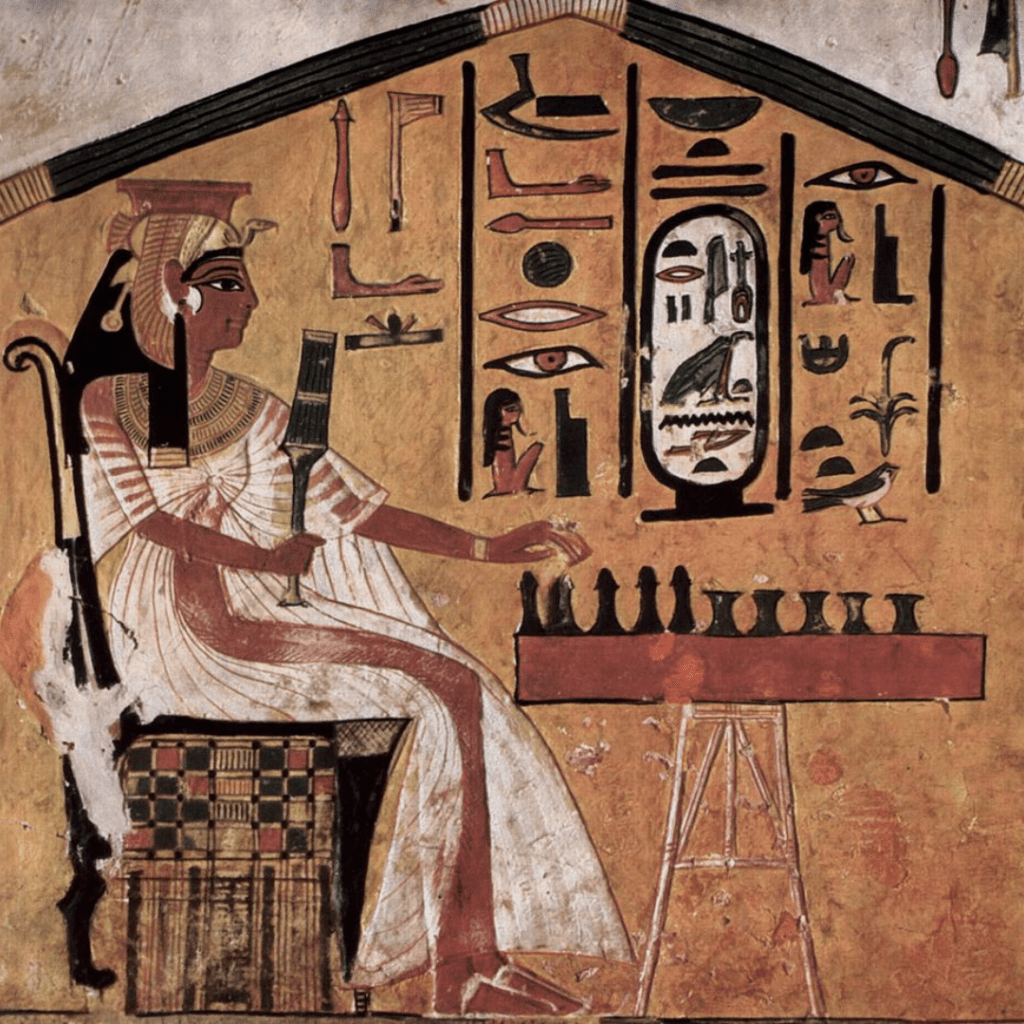
It also included shooting dice or sticks. Although scholars are all still attempting to determine the game’s precise rules, they are pretty certain that it dates back to at least 3500 BC and was beloved by both regular people and pharaohs.
A cat’s standing
It is a popular fact that cats held a unique place in ancient Egyptian culture. But were you aware that affluent families used to kit out their kitties in gemstones and give them expensive meals? Ancient Egyptians believed that cats were mystical beasts.
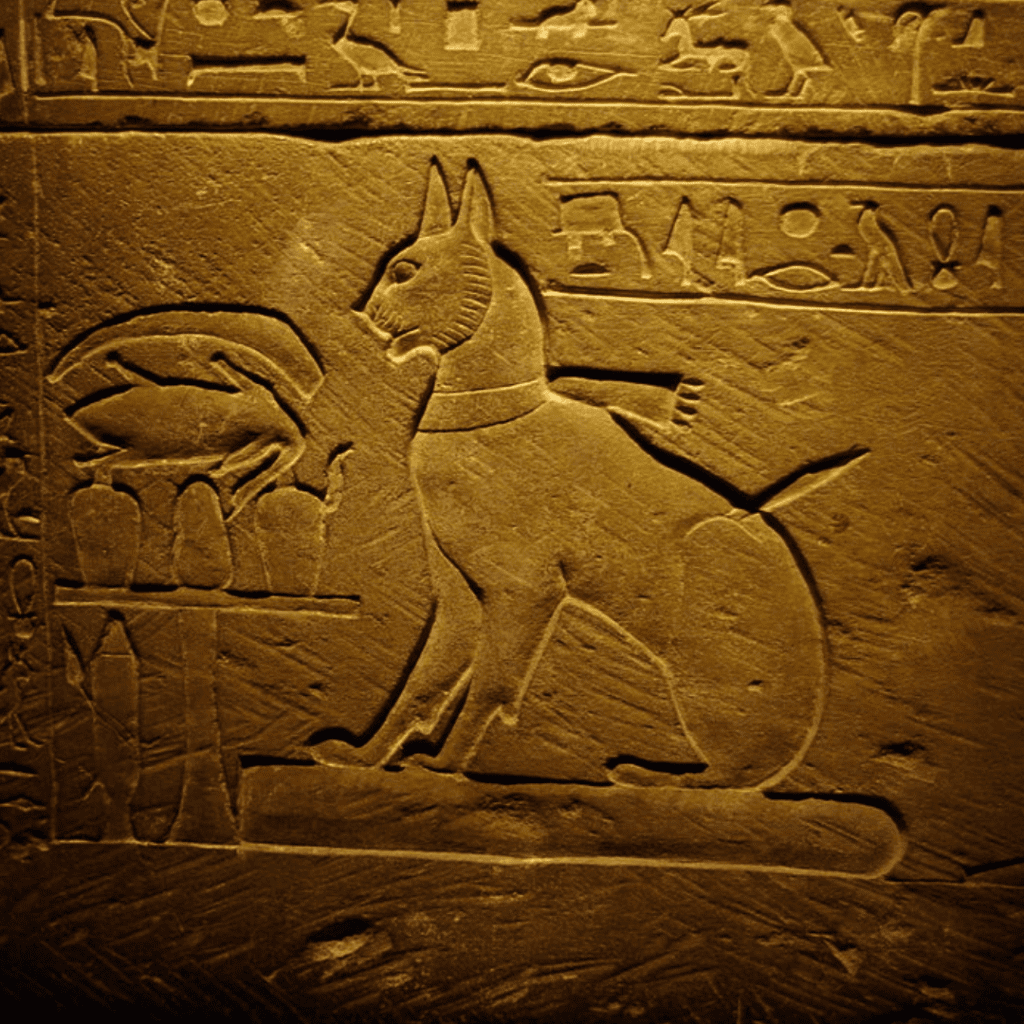
They also believed that those who kept cats as close companions and nurtured them well would be blessed. When a beloved cat passed away, its master would shave off their brows. They would remain in mourning till the eyebrows grew back.
Where are the other sacred jars?
There was a belief that a deceased person needed their organs in the afterlife. For this reason, four significant organs were removed and placed in sacred canopic jars during the mummification procedure. The lungs, liver, stomach, and guts were the sole organs present in each pot.
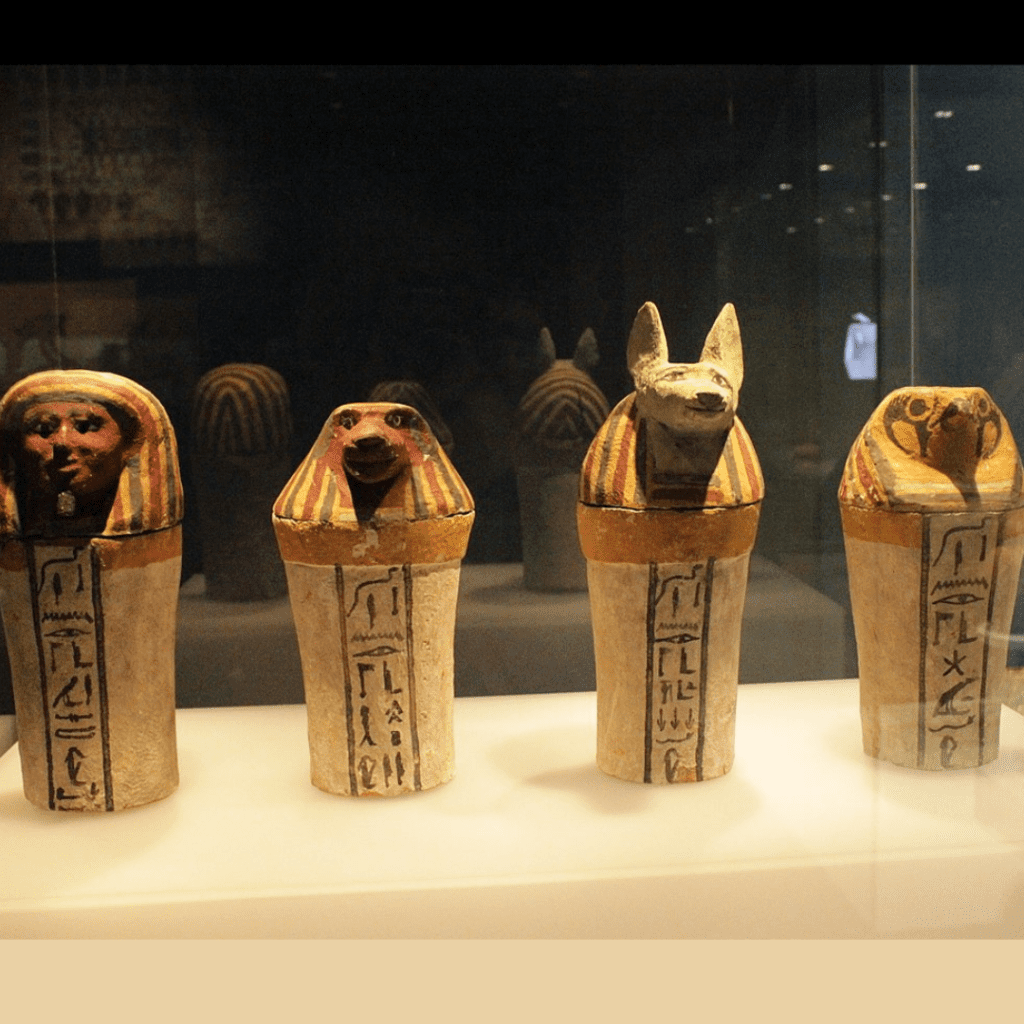
They had the belief that the heart was really the place where the deceased’s spirit resided and, therefore, should stay with the body. Consecrated oil was then put into jars. As part of the burial rites, the jars were sealed.
Moldy bread as an antibiotic?
An expert in Egyptian art talked about an old Egyptian book that advised rubbing stale bread on injuries. This was the most commonly known antibiotic used to address certain varieties of bacteria, and the Egyptians were aware of that about 5,000 years ago.

This works as an antibiotic because of the bacteria Penicillium. It appears whenever the bread is allowed to rot. Penicillium was then utilized to cure these germs. This suggests that even though they were ignorant of microorganisms, the Egyptians had learned about antibiotics.
Happy hour!
Some contemporary European nations can be considered the finest beer manufacturers. But were you aware that beer was a common ingredient in the diet in ancient Egypt? Beer was seen as a fantastic supply of sustenance for both adults and children due to its high-calorie content.
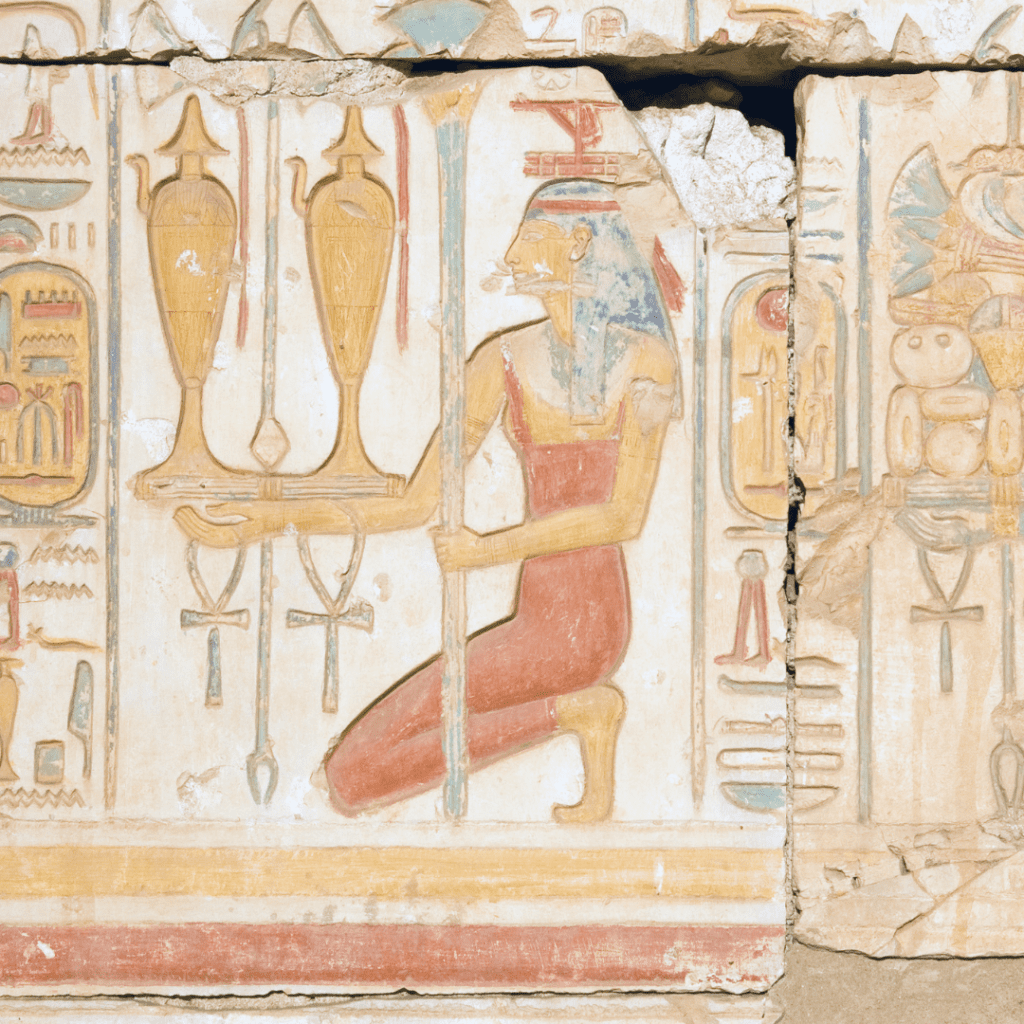
Beer was frequently used as payment for services back then. For instance, the Giza plateau’s construction workers were paid with beer three times every day. Plus, it was much safer than drinking water because the beer was fermented, thus less contaminated.
Ancient Egyptcare
The first country to implement a health care system was Egypt. The laborers from the settlement that ultimately became recognized as Deir el-Medina were given the opportunity to take a paid sick day or consult a doctor. This was while working on the pyramid construction!
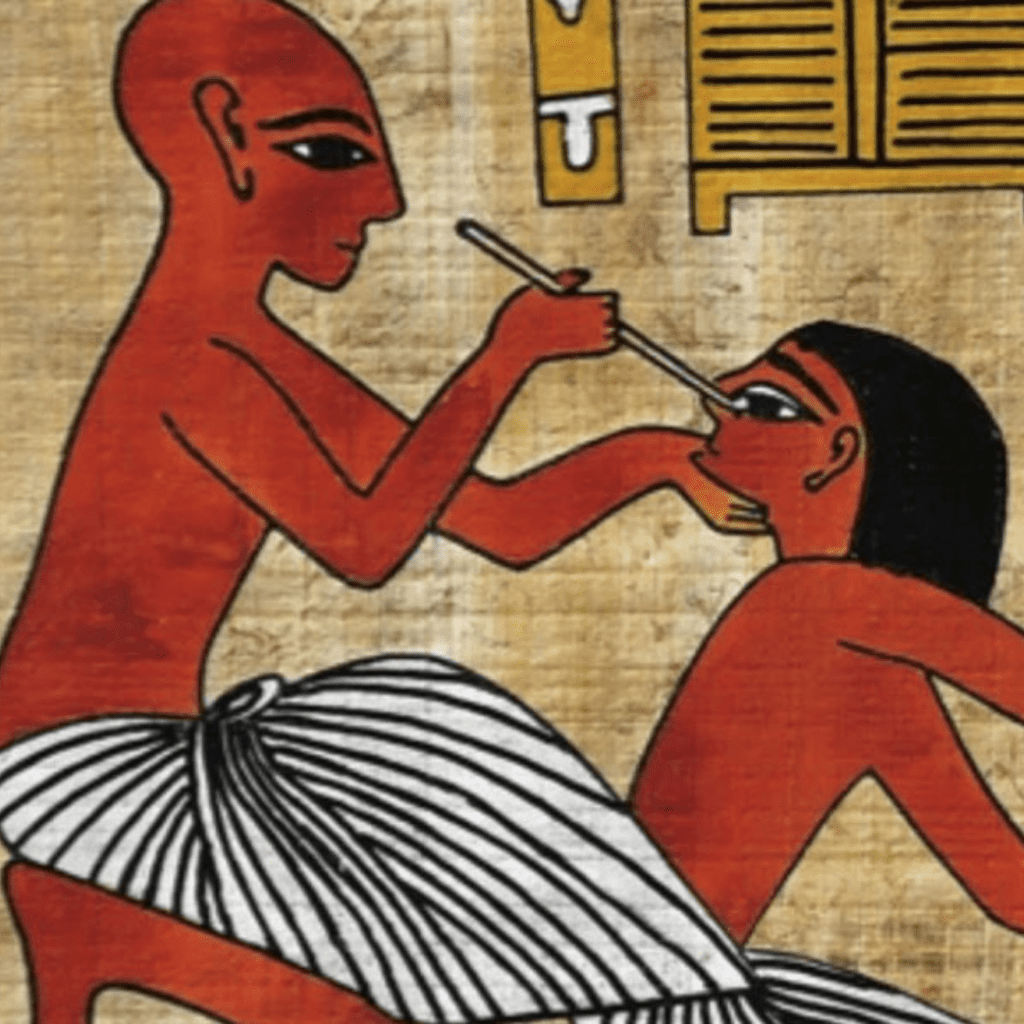
This is the first recorded state health care plan. This civilization had obstetricians and dentists. Egyptian doctors frequently specialized in treating a particular body area, for instance, the stomach, eyes, or intestines. Certain “modern” nations could really benefit from this example.
The almighty Nile
The Nile gave ancient Egypt access to water for agriculture, lush land, and a way to carry construction materials. Cities were able to emerge in the middle of a desert thanks to its critical waterways. The Egyptians called the Nile River “Iteru,” which means river.
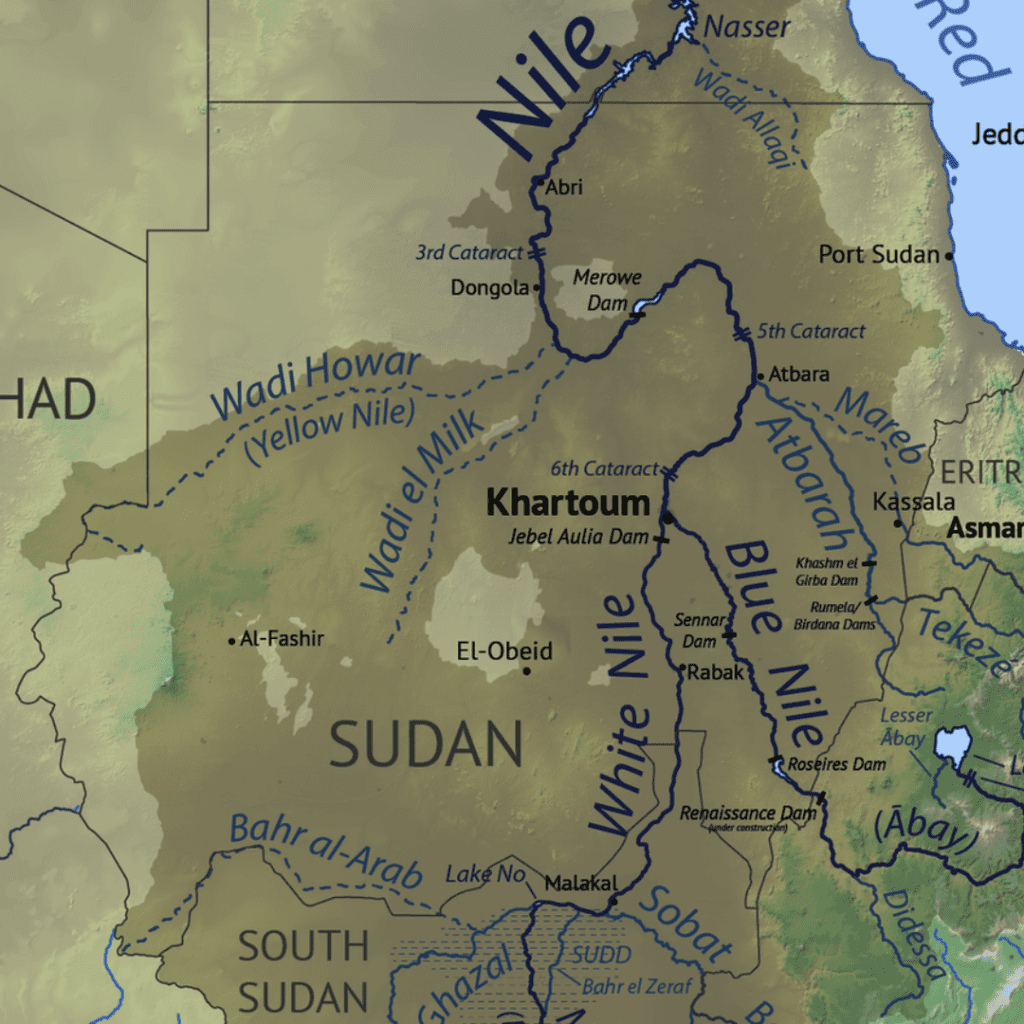
Whereas the contemporary name, Nile, is derived from the Greek word Nelios. With a length of over 6,8 thousand kilometers, this is the longest river on the planet. The White Nile, Blue Nile, and Atbara Rivers are the three primary branches of this huge system.
Sephora, it’s your time to shine!
For both sexes, makeup was commonplace and often desired in this civilization. Administering it with instruments crafted from wood, bone, or ivory did not raise any concerns. Malachite and galena ores were ground to produce eye makeup. The material was referred to as kohl.
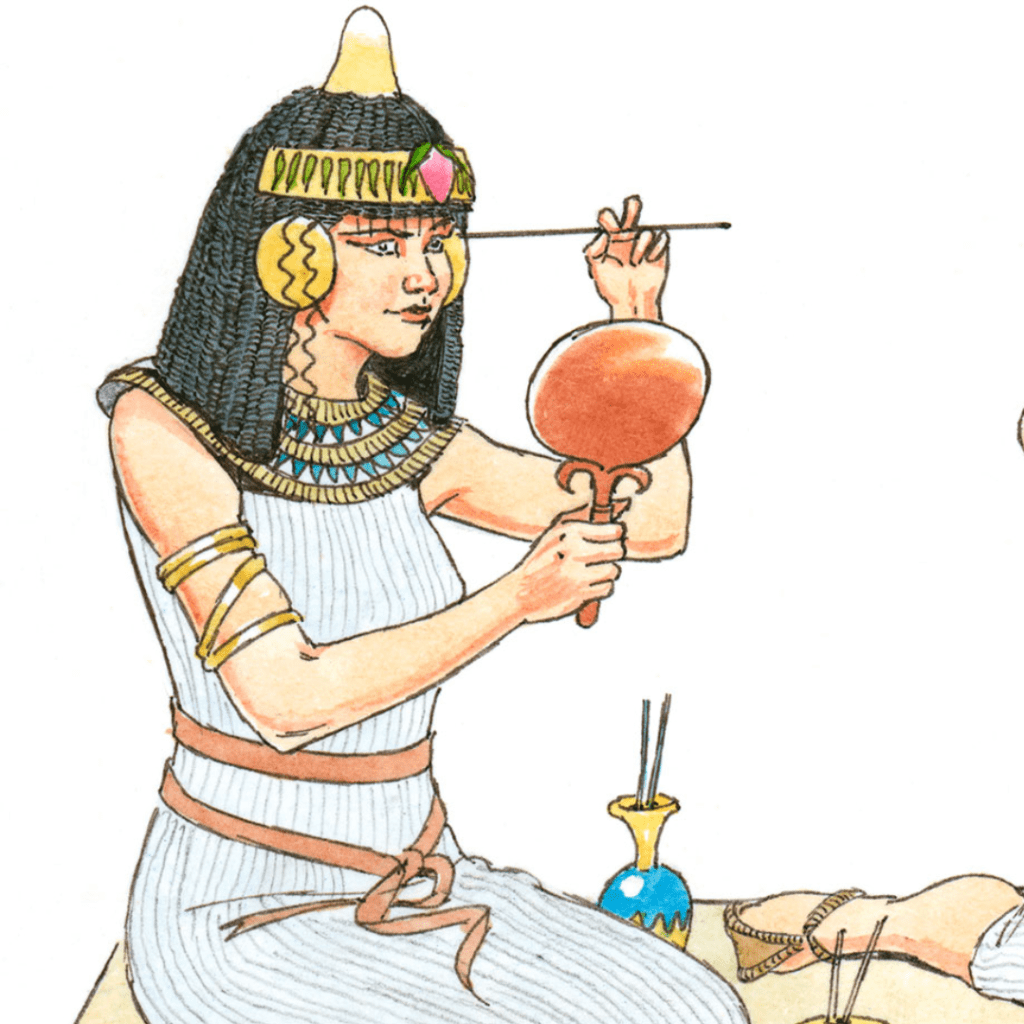
Women also adored using red pigment to paint their cheeks and applying henna to their hands and fingernails. Both men and women wore perfumes consisting of oils, myrrh, and cinnamon. Cosmetics were thought to possess healing powers. They were thought to invoke protection from the deities.
What is the Sphinx?
The Sphinx, according to conventional knowledge, is about 4,500 years old. It was constructed for Khafre, a pharaoh of Egypt’s Fourth Dynasty that reigned from about 2603 to 2578 B.C. The Great Pyramid of his father, Khufu, is the tallest pyramid in Giza.
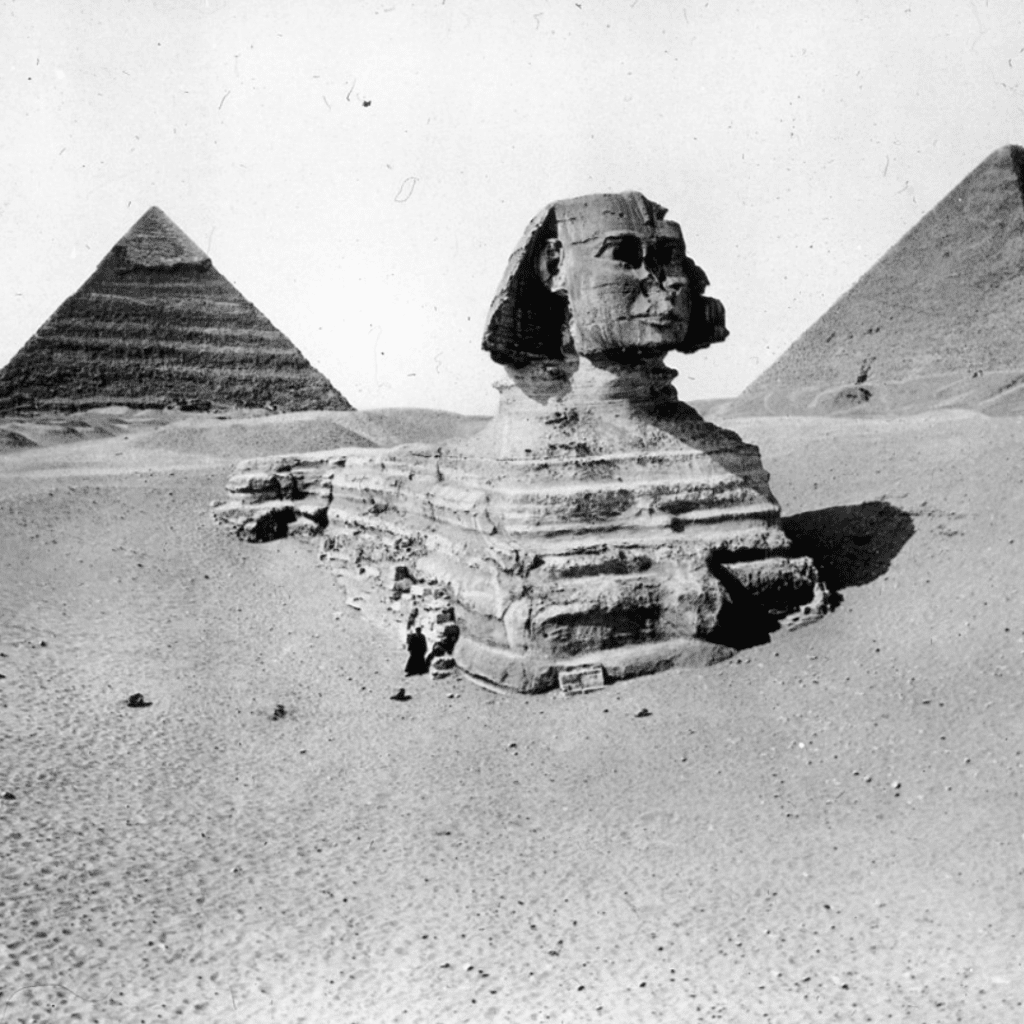
Khafre’s is the second tallest. Khafre’s pyramid was constructed at a greater elevation. Then it was encircled by a more intricate structure with several sculptures, such as the Sphinx, whose head is believed to have been created in the pharaoh’s likeness to compensate for its smaller size.
Fighting for their rights
There are documented instances of Egyptian laborers staging strikes to demand improved workplace conditions. The most well-known one occurred in the 12th century B.C., under the rule of Pharaoh Ramses III, when workers on the imperial necropolis at Deir el-Medina were not paid their customary grain wages.
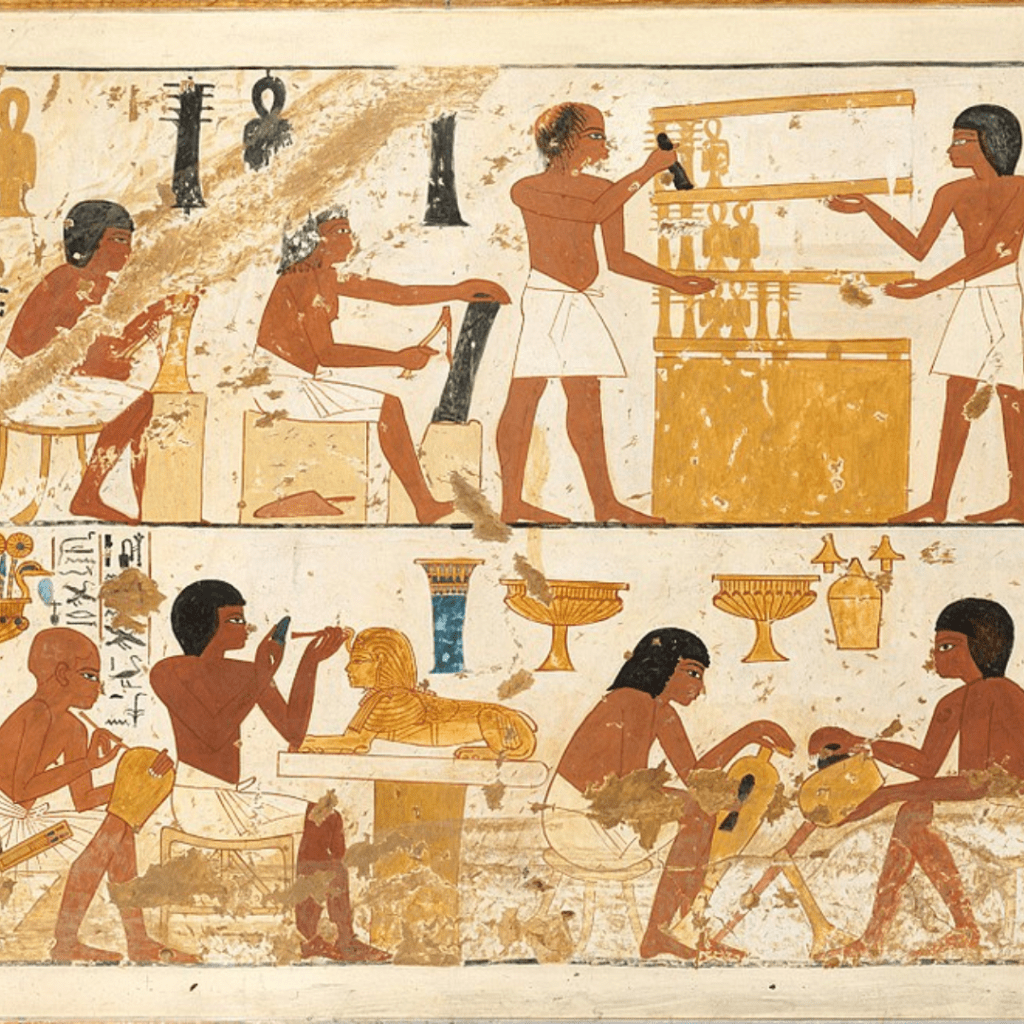
The workers entered an adjacent morgue and remained there. Then somebody arrived to hear their complaints and saw to it that they received their just compensation. If these strikes worked then, why don’t they work now? Maybe we should learn something from this civilization.
Medical care in Ancient Egypt
The healers in ancient Egypt could handle any condition, including fever and battle wounds. Evidence indicates that certain Egyptian physicians would focus on a specific segment of human wellness. In his writings from 450 BC, the Greek explorer and historian Herodotus first makes reference to this custom.
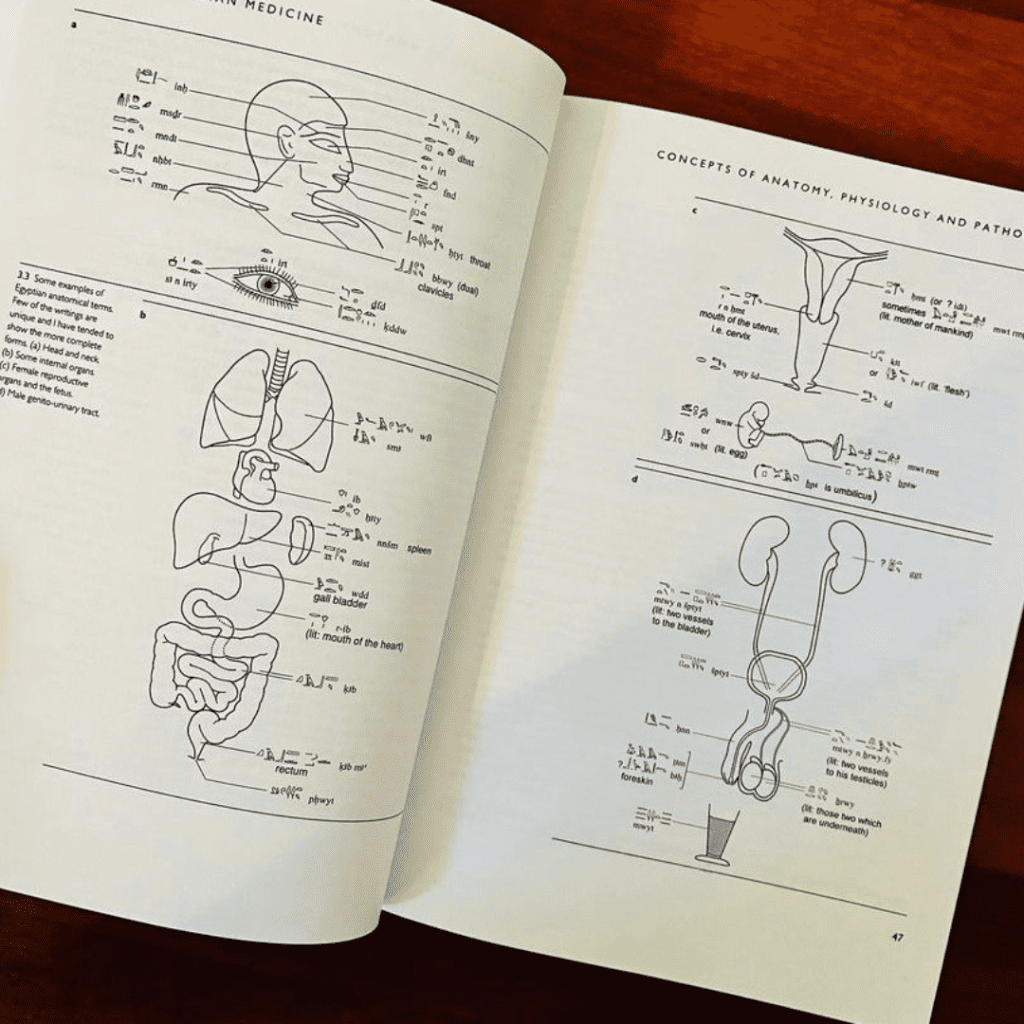
Egyptians treated illnesses with herbs and pharmaceuticals and set fractured bones with splints. It seems that animal knowledge of anatomy predates human knowledge of anatomy. Researchers have found holed skulls, which suggests the existence of surgery. They truly were ahead of their time.
Ancient Egyptians were feminists
Despite the fact that women did not share the same standing in society as men in Ancient Egypt, women had a lot of liberties and rights, particularly when compared to other civilizations of the time. Egyptian women were permitted to divorce as well as remarry.
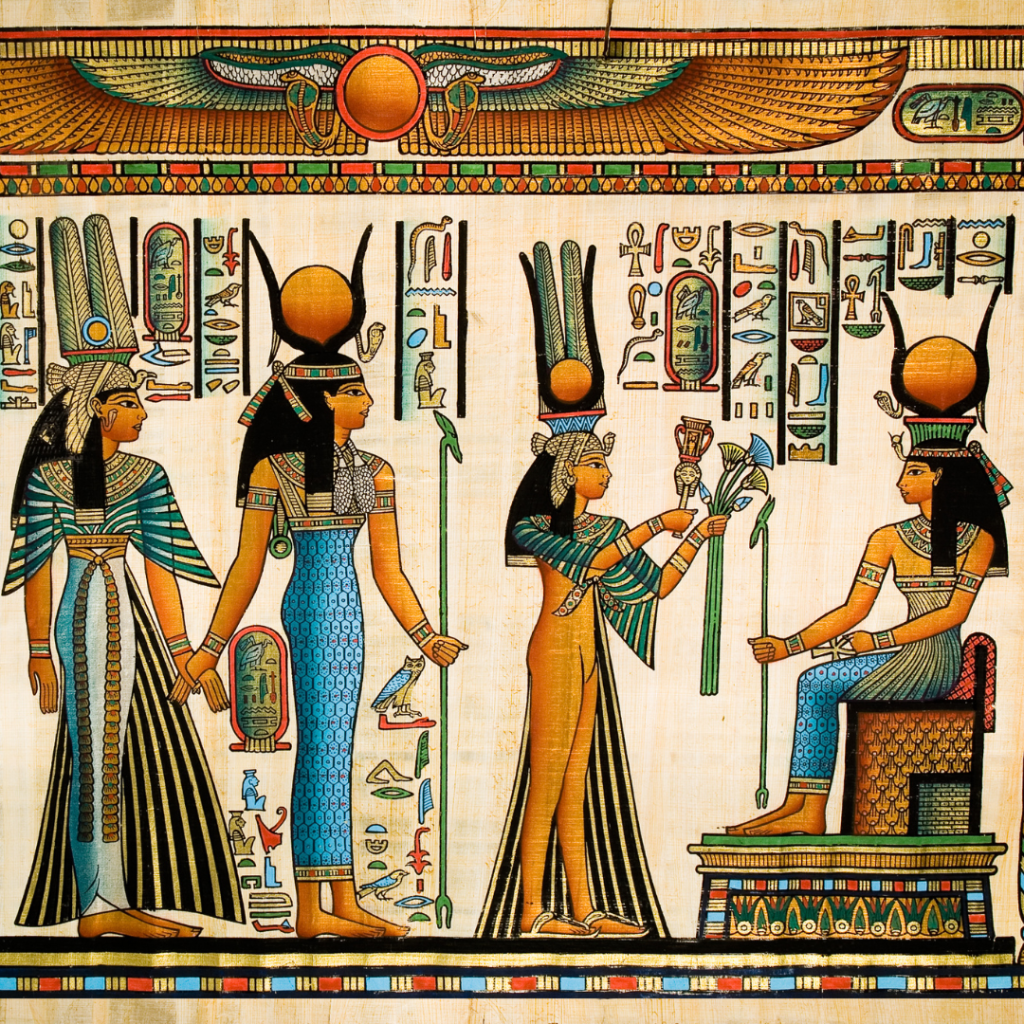
They could keep the riches they brought into the marriage. This was in stark contrast to Greek women, who were essentially owned by their husbands. They were also permitted to sign contracts and purchase and sell land. They could perhaps even be on juries.
House of the…Ptolemies
Cleopatra VII was not a full-blooded Egyptian, mind you. She was born in Alexandria. It is believed that Ptolemy I, a Greek Macedonian lieutenant and one of Alexander the Great’s most dependable men, started her family tree. From 323 to 30 B.C., his ancestors controlled Egypt.
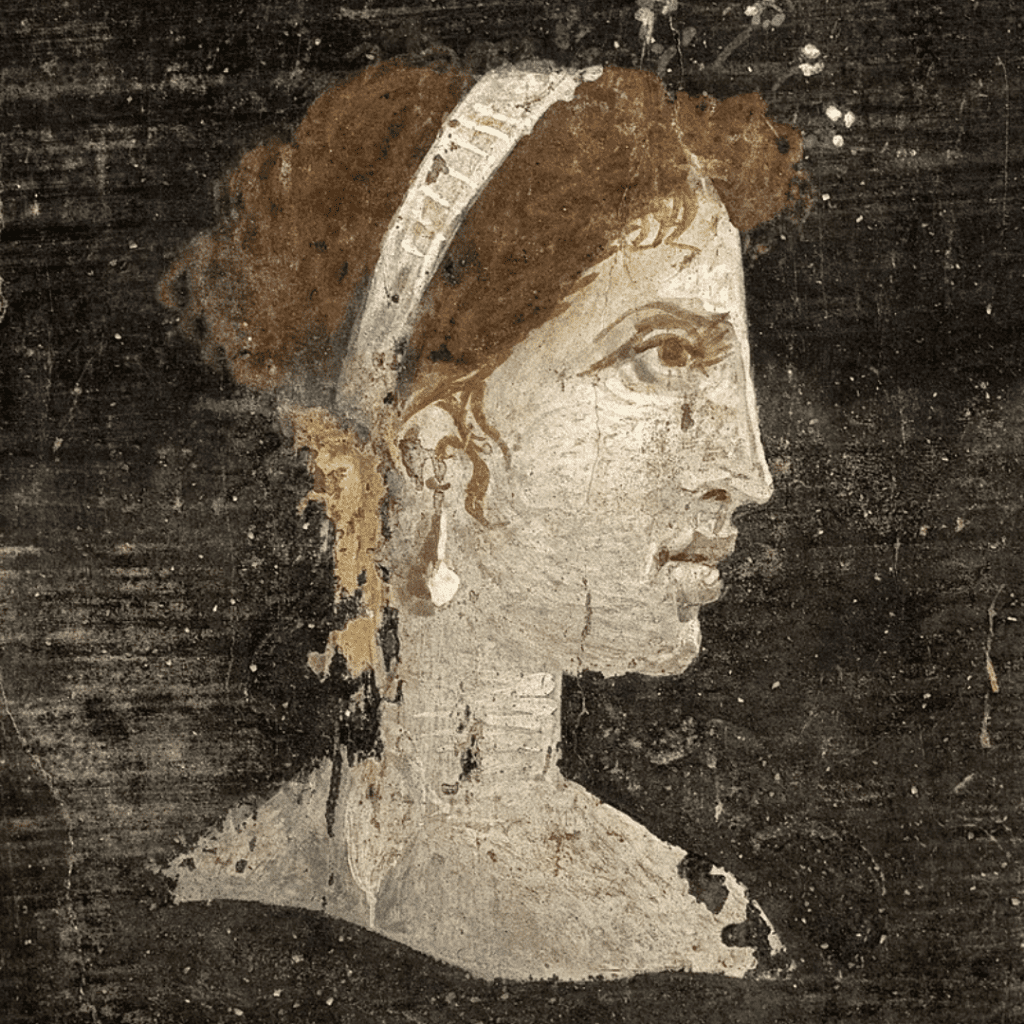
They successfully maintained a substantial portion of their Greek heritage. By marrying inside the dynasty, as was customary in Egypt, they were able to maintain their Greek identity. This is evident from the fact that Cleopatra’s husband, Ptolemy XIII, was her brother. Don’t they remind you of Targaryens?
Pretty and Smart!
In addition to being well-known in history, Cleopatra VII is also the embodiment of a wealthy and powerful civilization. She was frequently portrayed as a great lover, but the fact was otherwise. Her intellectual goals were more significant than her romantic life.
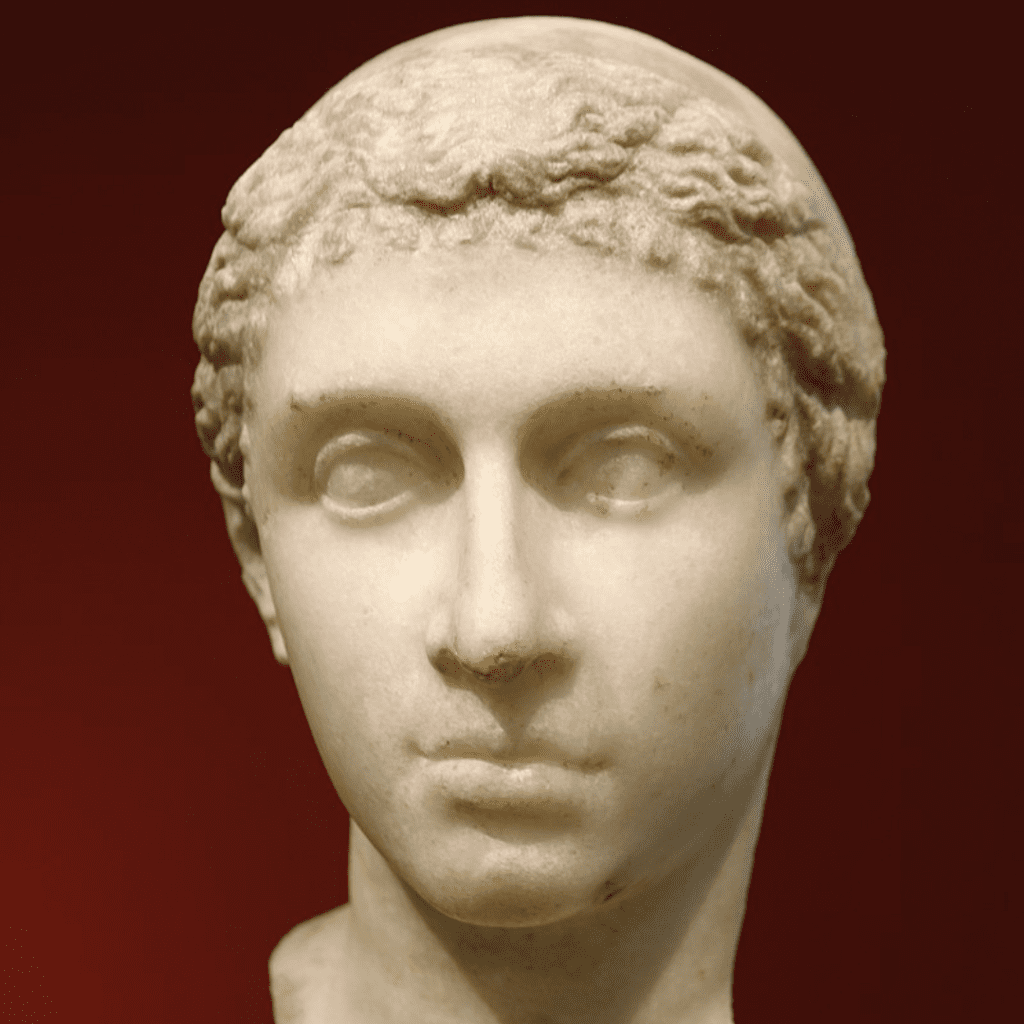
She was a hyperpolyglot, as she was fluent in about twelve languages. She was also quite well-versed in oratory, astronomy, algebra, and philosophy. Cleopatra was a monarch who valued education, and so she was frequently seen with academics, according to ancient Egyptian scribes.
The ancient Egyptian pantheon
The names of Egyptian gods like Isis, Osiris, Horus, Anubis, or Ra are well known. However, there were more than a couple thousand deities in the Egyptian pantheon. The most popular ones were worshipped as national deities across the nation. The lesser well-known ones were either linked to a specific area.
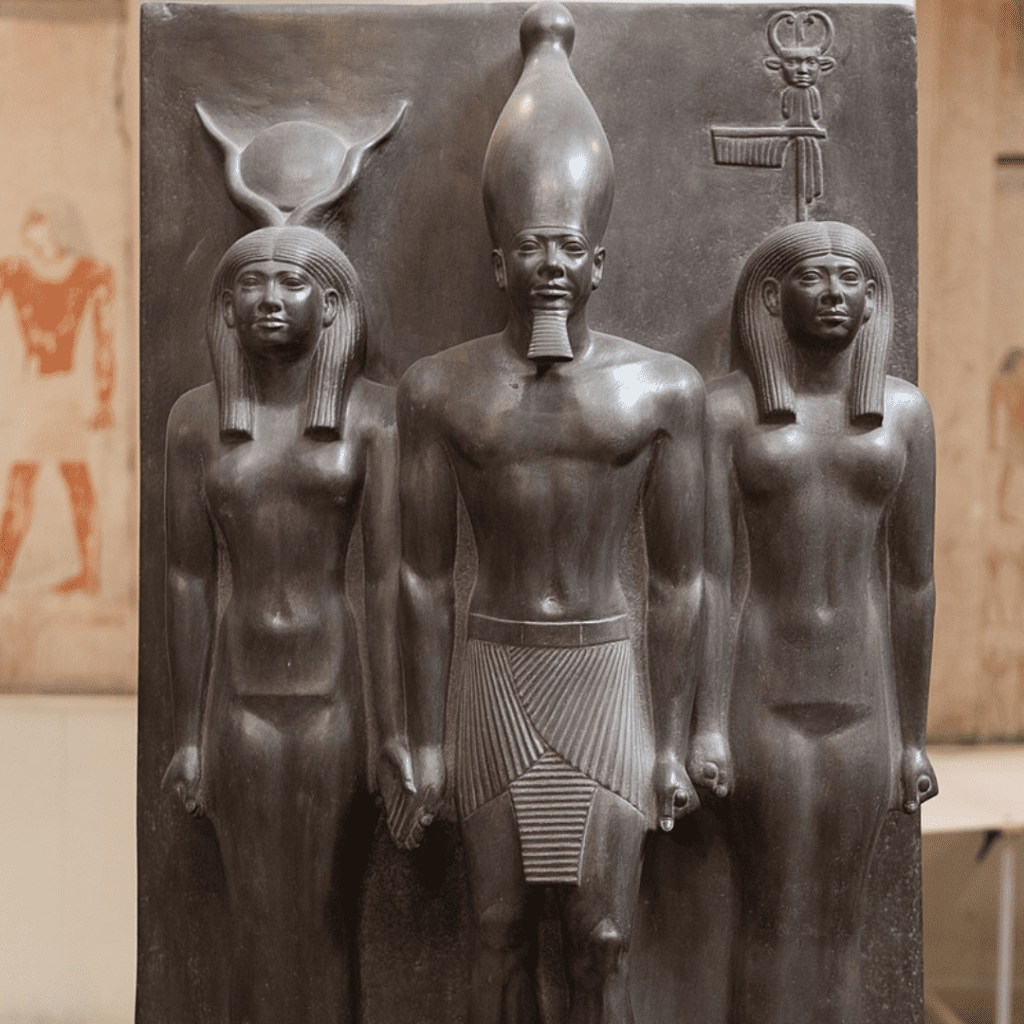
Or they happen to oversee a specific ritual or function. Goddess Qebhet was one of those gods, providing refreshing water to the spirits of the deceased as they underwent judgment in the afterlife. Seshat, the deity of written language and precise measures, is another example.
Watch your carbs!
It is just a matter of time before your diet, which contains a lot of wine, beer, bread, and honey, begins to reflect on your body. Many pharaohs developed obesity and ill health as a consequence of this, coupled with the lack of physical labor.
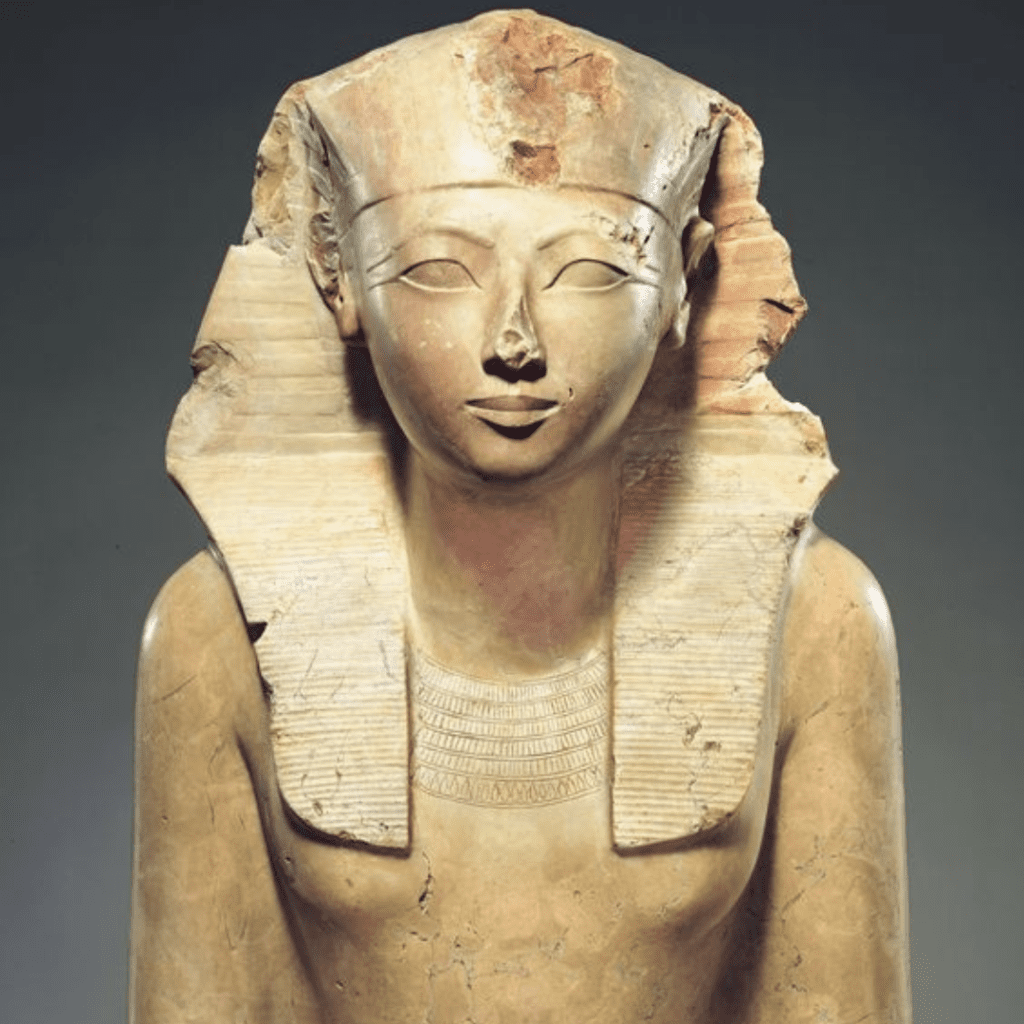
Queen Hatshepsut, who flourished in the 15th century B.C., is among the most well-known cases. Since no one would dare to say differently, her sarcophagus depicted her as thin, yet historians have reason to think she was actually obese and balding.
Pepi II’s demands
Pepi II Neferkare, a pharaoh of Egypt’s Old Kingdom that ruled from approximately 2278 BC, was the child of Pepi I. When he was still a child, his mother, Ankhesenpepi II, acted as regent. He may have been one of Egypt’s most demanding rulers.
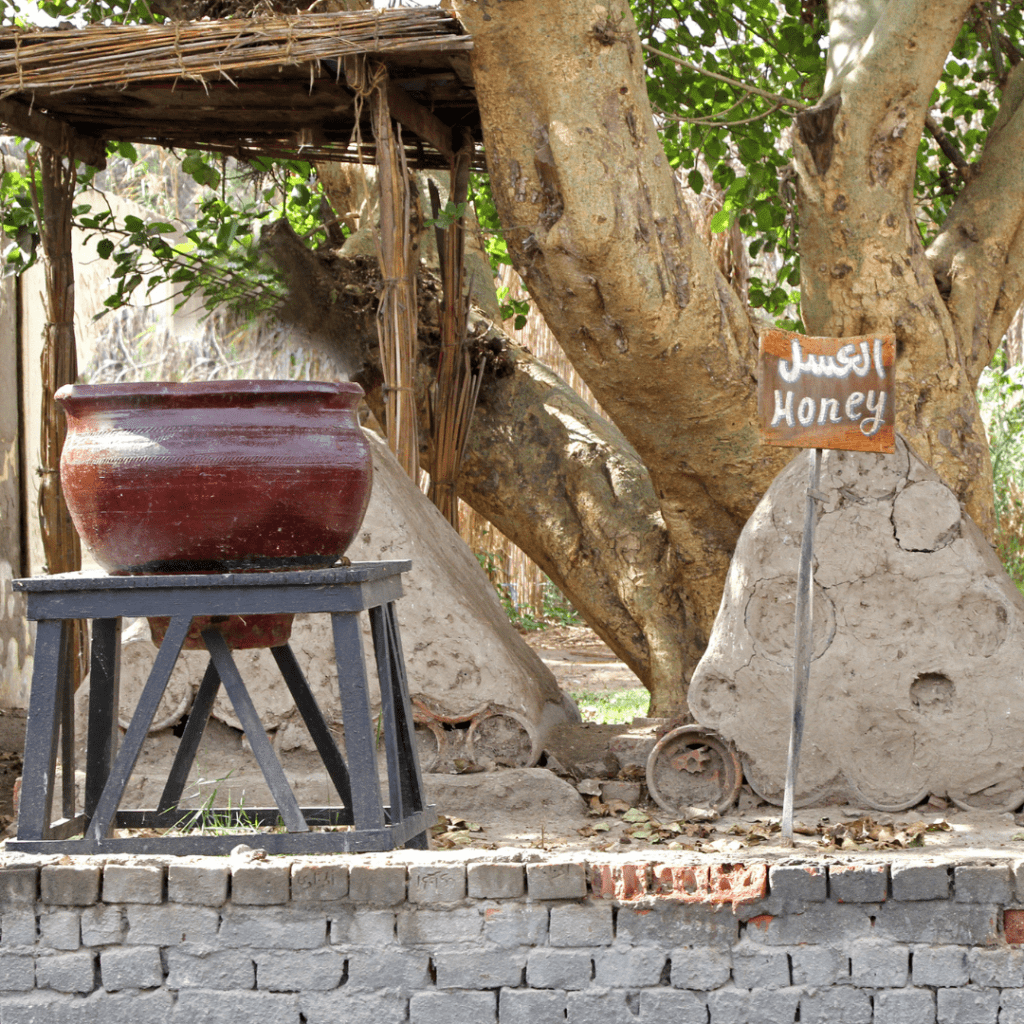
It’s a claim based on his wealthy background. It is because, in addition to demanding the capturing of a dancing pygmy for his amusement, he also ordered his slaves to cover themselves in honey to lure those pesky bothersome flies away from him.
Notice me, Osiris!
In ancient Egypt, jewelry served as a means of gaining the favor, assistance, and protection of the gods than as fashion. They believed that the gods would pay you extra notice if you wore more jewels. Men and women alike frequently wore custom jewelry for this reason.
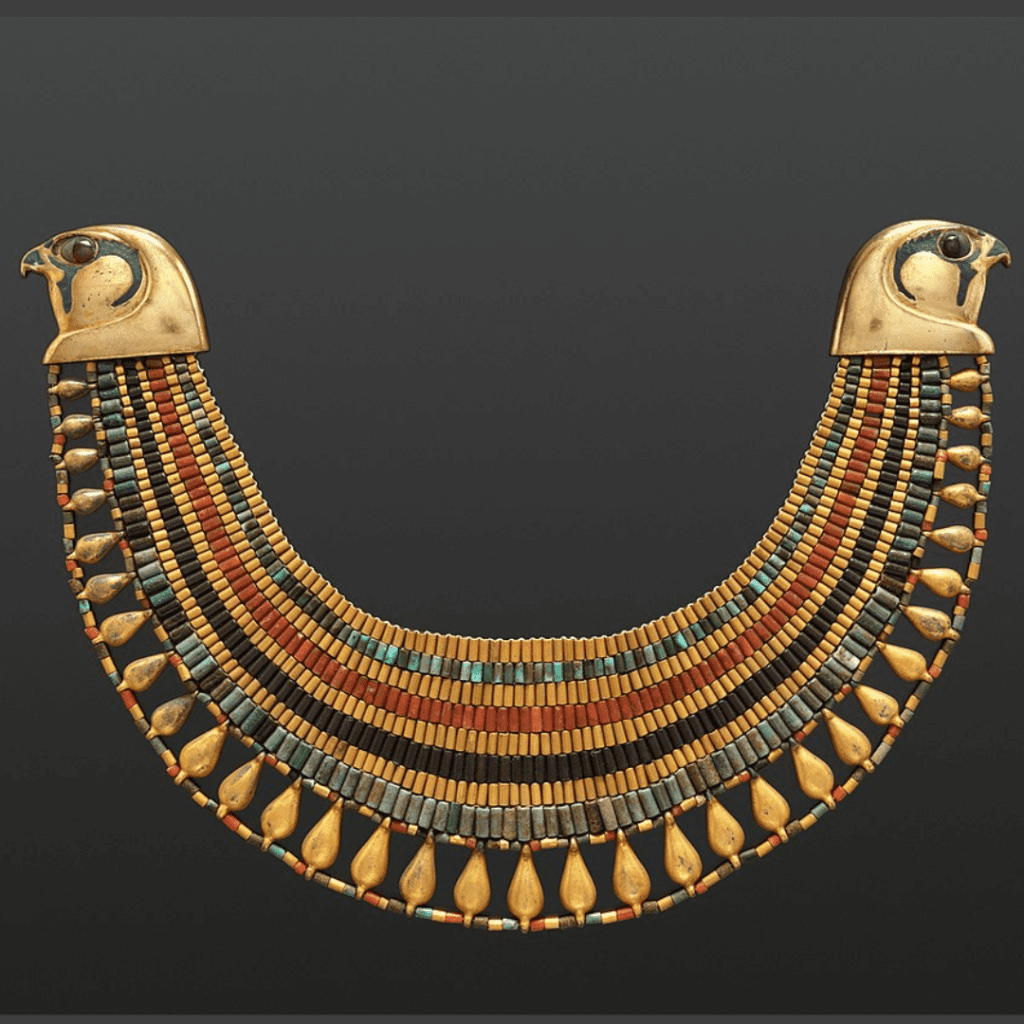
They wore pendants, bracelets, bulky neck collars, earrings, rings, necklaces, and unique buttons. They also wore opulent headgear for special occasions, which are frequently depicted in early artworks. Naturally, an individual would wear more jewelry every single day, the richer they were.
That’s a wrap!
They needed one to two weeks to bandage a mummy. That’s because the amount of linen needed was around 4,000 square feet. While the departed remained drying in the desert, the relatives of the deceased found the opportunity to gather all of the materials needed.
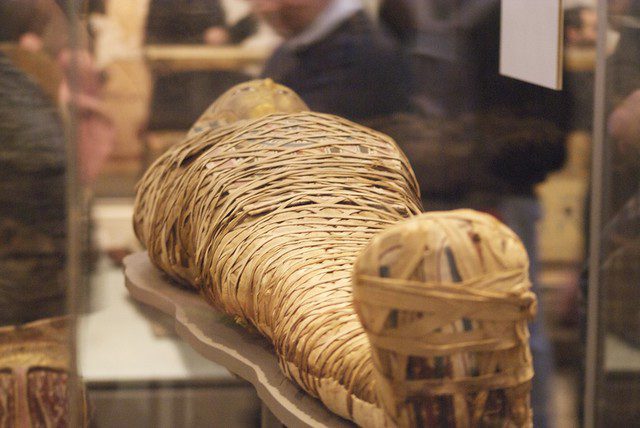
Later, the embalmers used the mummy’s whole wardrobe, which had been reduced into tiny wraps. The upper class would bring precious stuff, occasionally even clothing from revered sculptures. When it came to the lower class, they would gather used garments and many other household linens.
World heritage sites
There are seven UNESCO World Heritage Sites in Egypt. Only one has importance in paleontology (Wadi Al-Hitan, aka the whale valley). But the other ones are of cultural importance, including the Abu Mena, Ancient Thebes with its Necropolis, Historic Cairo, Memphis, and its Necropolis.
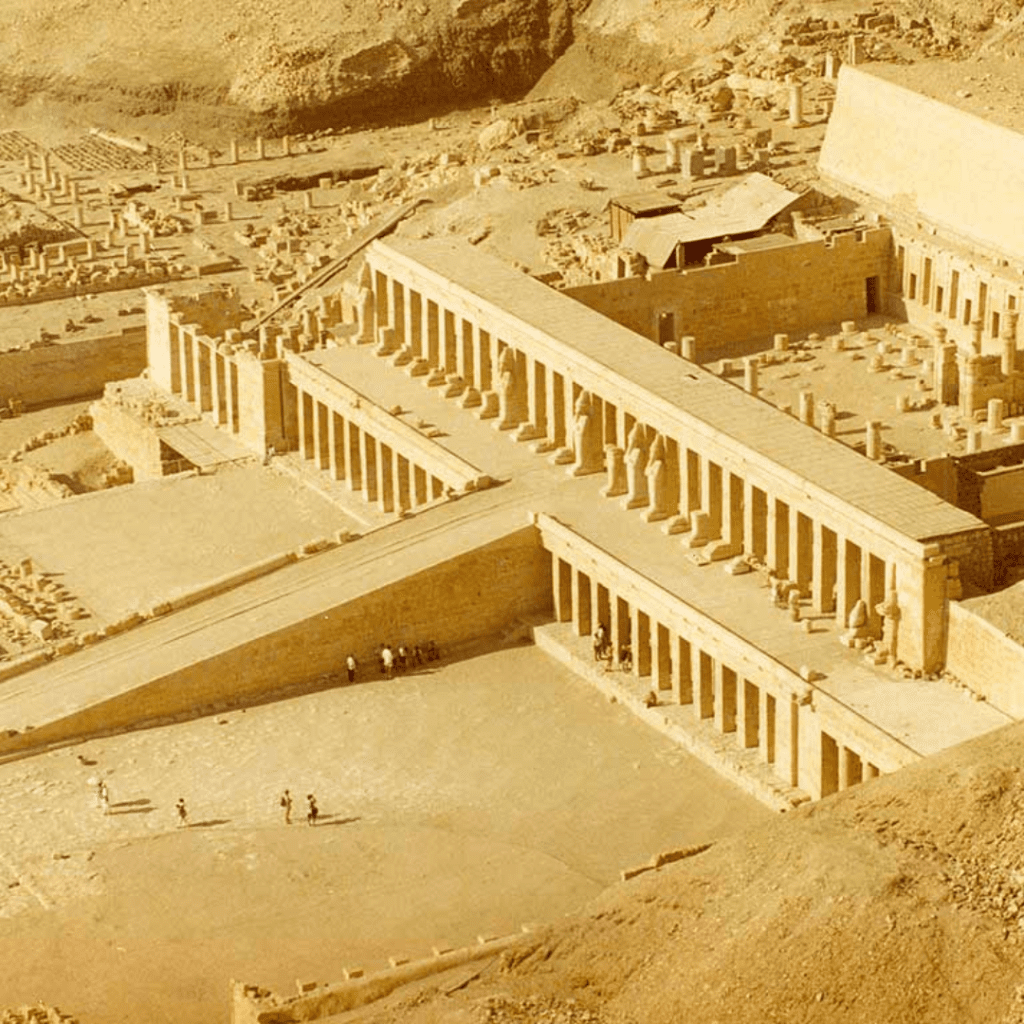
It also includes the Pyramid Fields from Giza to Dahshur, the Nubian Monuments from Abu Simbel to Philae, as well as the Saint Catherine Area. Three of the locations were inhabited between 2575 and 2150 BC during the Old Kingdom of Egypt.
Same place or what?
Mount Sinai and Mount Horeb both mark the place where God made His promise to Israel following their exodus from Egypt. Both are the same peak as far as the overall story of the Hebrew Bible is concerned. The Bible pairs Mount Sinai with Moses.

More specifically, to Moses and the incident that resulted in the ten commandments. On the other hand, Horeb is the name of the place in the Book of Deuteronomy. However, the two names derive from distinct exodus legends that were combined during the editing process to create the Torah.
The duties of a god-king
Pharaohs in Egypt played two distinct roles in society. As monarchs, they presided over the nation. They enacted laws, gathered taxes, conducted battles, and governed the entire territory. By the way, the laws said that the pharaoh owned all of the country’s territory.
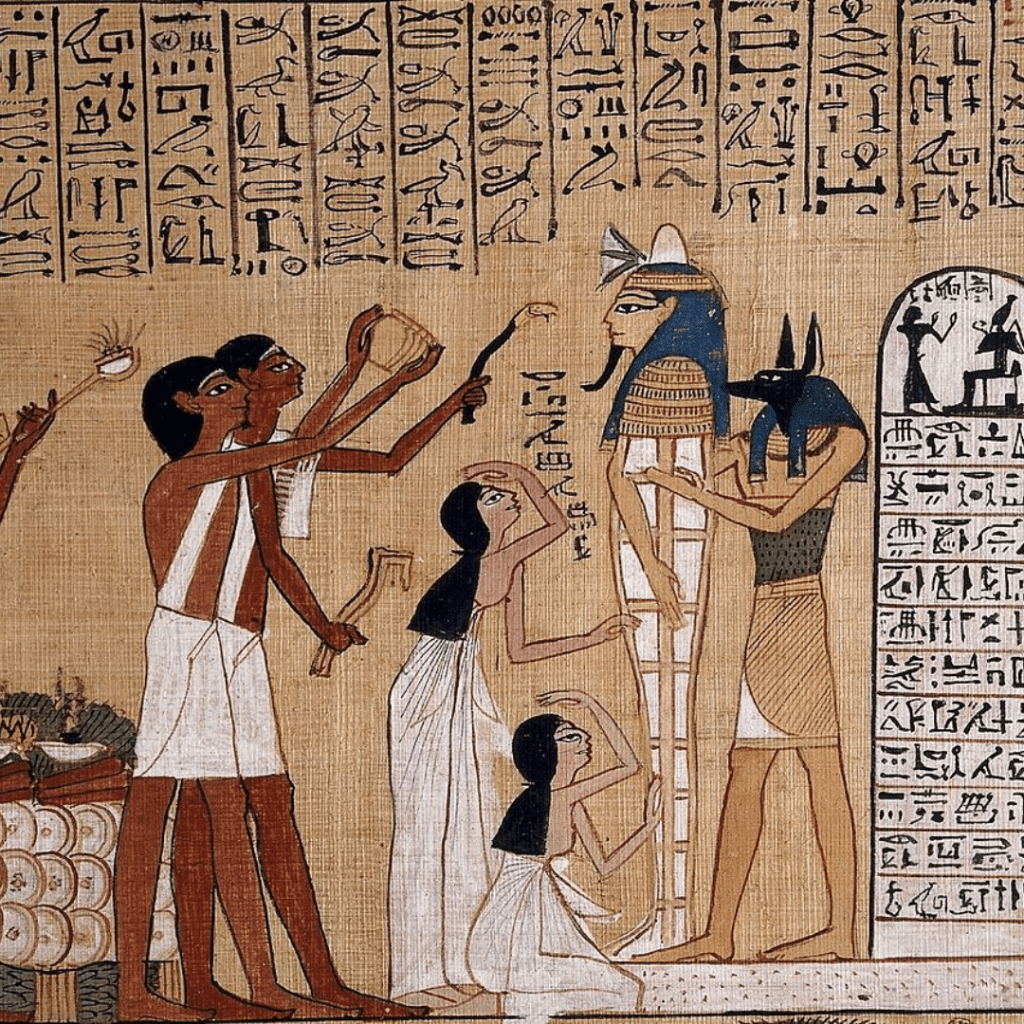
As religious leaders, their secondary responsibility was to shepherd their people. This entailed taking part in rituals and preserving religious concord all across the land. Pharaohs were revered as heavenly mediators between the gods and the people in their role as religious authorities.
How many pyramids are there?
It is estimated that 118 or 138 Egyptian pyramids have been officially identified. However, according to others, there are roughly 80 pyramids. During the Old and Middle Kingdom eras, the majority of these served as the graves for the nation’s pharaohs, including their consorts.
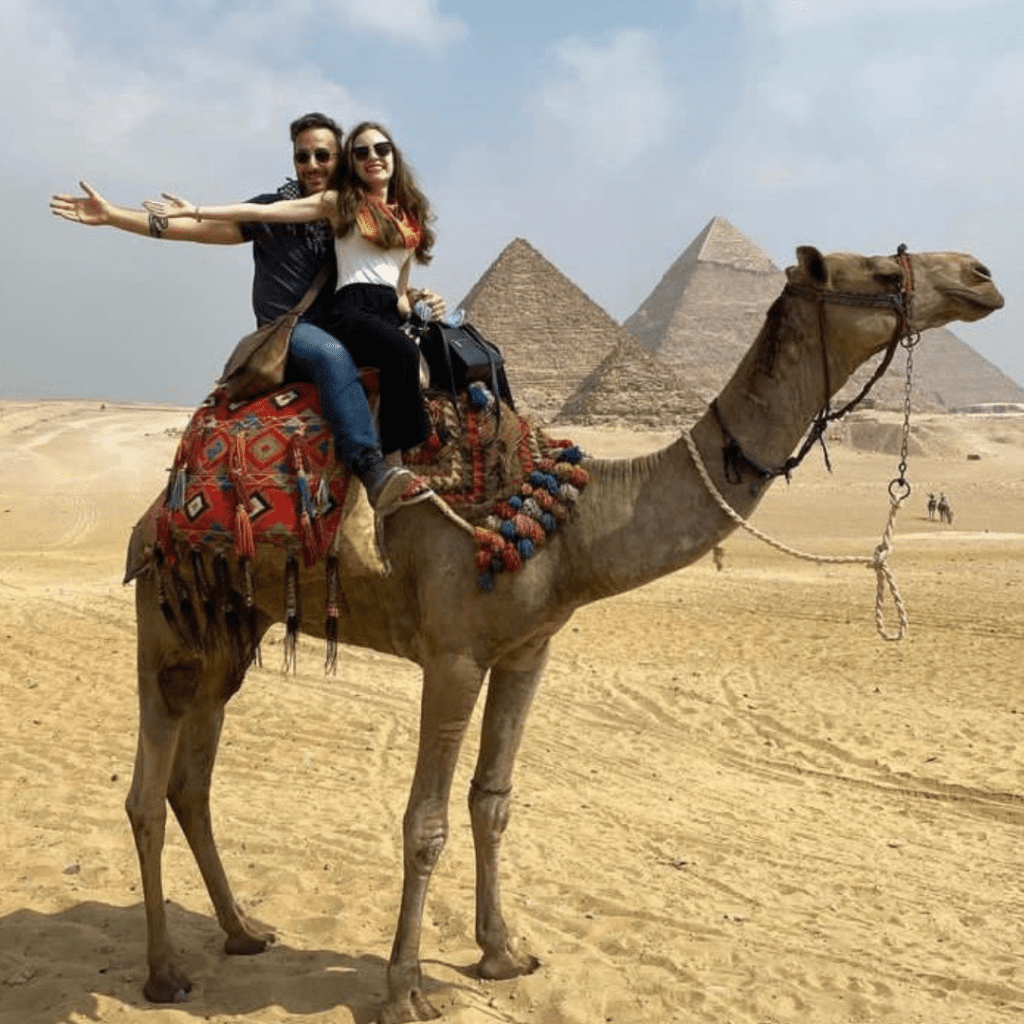
From the start of the Old Kingdom through the conclusion of the Middle Kingdom, the pharaohs were interred in pyramids of various shapes and sizes. The Egyptian pyramids, which offer an insight into the nation’s illustrious past, nonetheless retain a large portion of their grandeur.
Get inked!
Two mummies, known as the Gebelein mummies, sported some sick tattoos. They were reexamined as part of a continuing project to reevaluate valuable artifacts in the ownership of the British Museum. Both people are among the oldest known tattoo wearers, dating from about 3351 and 3017 B.C.
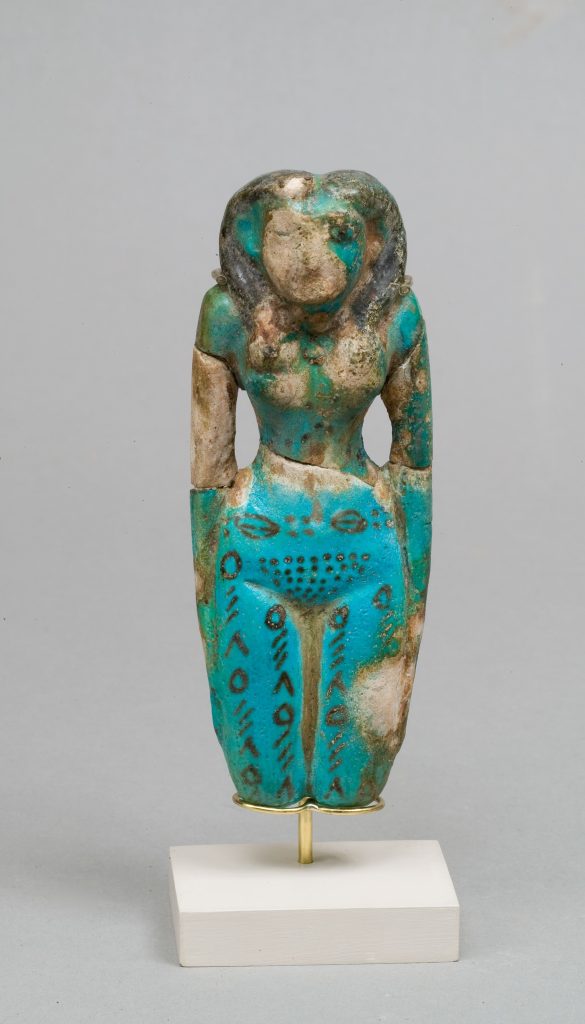
Well over a thousand years would pass before the next recorded instance of ancient Egyptians sporting tattoos. Only the caveman known as “Ötzi the Ice Man,” who lived around 3370 B.C., has prior tattoo evidence, predating this duo by a couple of decades.
The reign of Akhenaten
During his rule, Pharaoh Akhenaten transformed Egypt. It continues to be regarded as being one of the most contentious periods in Ancient Egypt’s history. It was marked by social, political, and religious upheaval. His brief but effective reign lasted for just under twenty years.
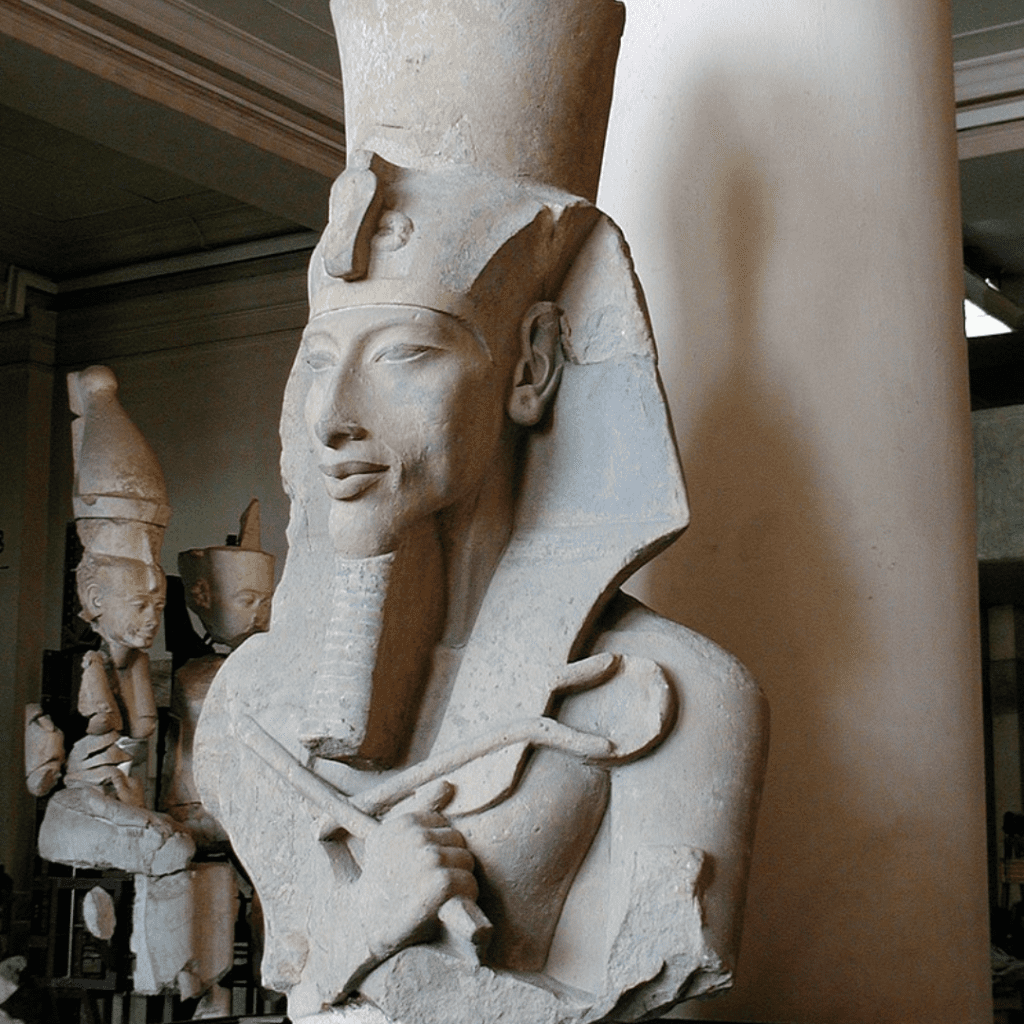
He strived for a religious revolution by enforcing fresh religious practices, making an effort to erase the names and representations of some of Egypt’s old gods, introducing new architectural designs, changing the country’s royal artistic aesthetic, and relocating the nation’s capital to an originally uninhabited location.
The royal family
King Tutankhamun sired two daughters despite the fact that he died unexpectedly while he was still quite young. Both died in infancy, and their names were not mentioned on the coffins. Howard Carter gave them the names “317a” and “317b” during his excavation.
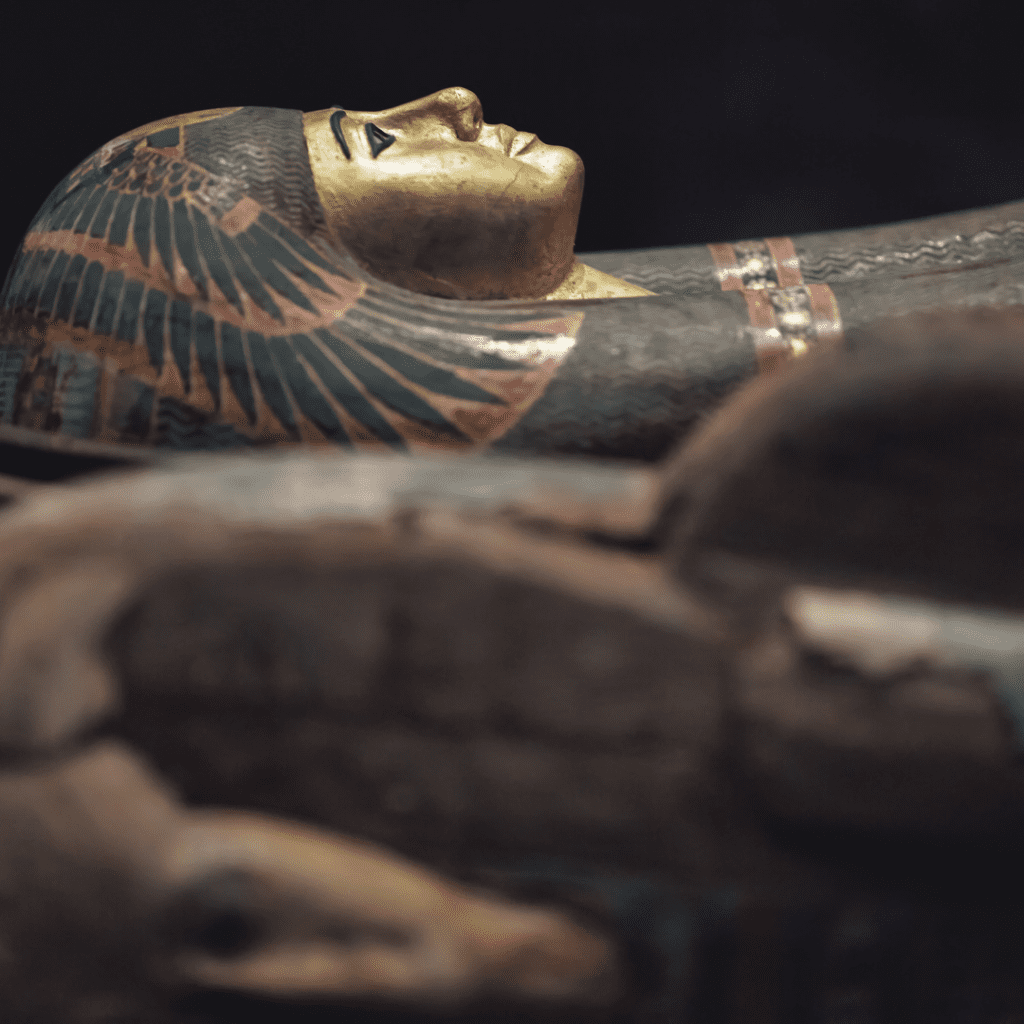
Examinations revealed that 317b had spina bifida and Sprengel’s deformity. At five to six months gestation, Mummy 317a was birthed prematurely. Although their mother’s identity is unknown, Ankhesenamun, King Tut’s sole known wife, is thought to have been their mother.
Contributions to our world
A significant number of useful inventions were made by the ancient Egyptian culture. They still play a significant role in modern life. Who knows where our society would stand if they hadn’t made such advancements back then? It’s really hard to find an answer to that question.
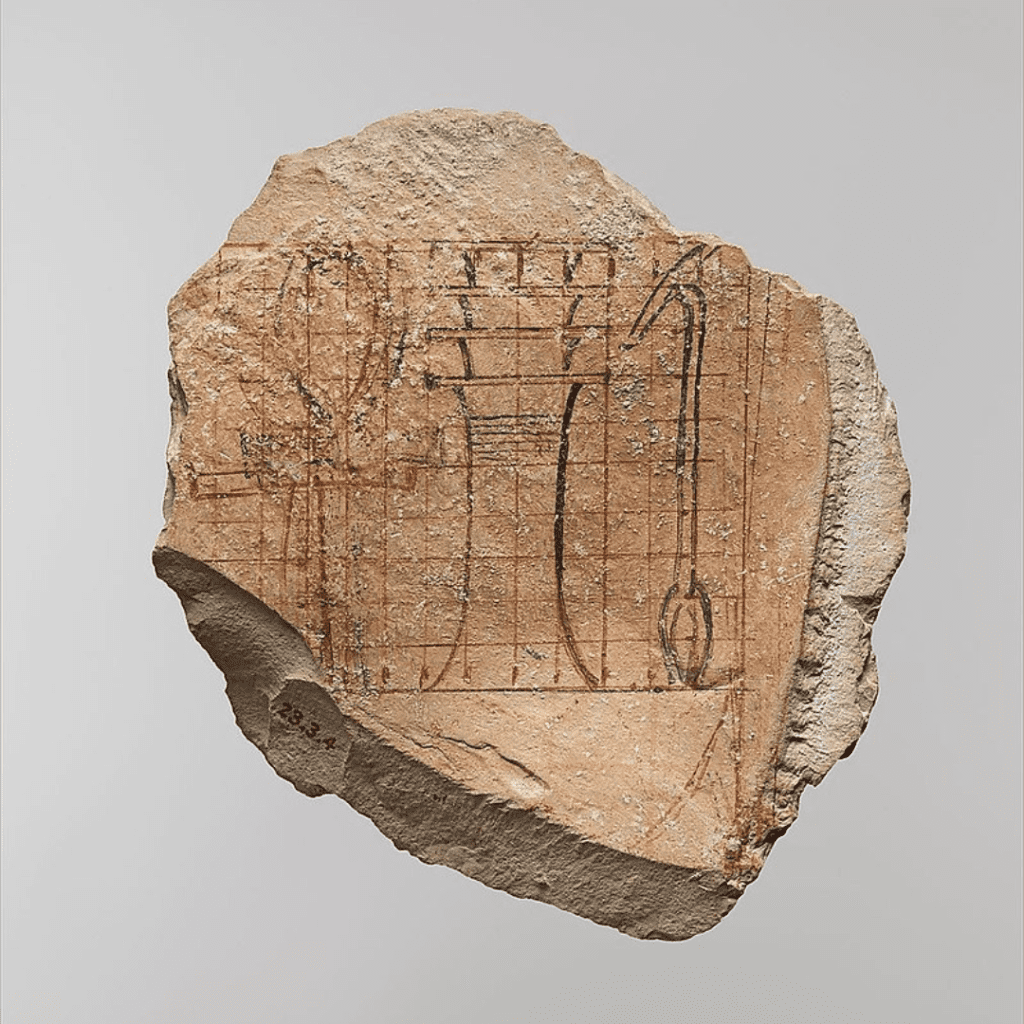
They were responsible for the development of things like ink, cosmetics, toothpaste, plows, advances in medicine, door locks, calendars, the idea of a police service, and even bowling! Ancient Egyptians were the inventors of all of these. And this isn’t even one percent of all their inventions!
The boy king
Nebkheperure King Tut (also remembered as Tutankhamun) was a Pharaoh of Egypt’s eighth dynasty. He lived from 1333 BCE to 1324 BCE, during the time referred to as the New Kingdom. While his name signified “Living Image of Amun,” his original title actually meant “Living Image of Aten.”
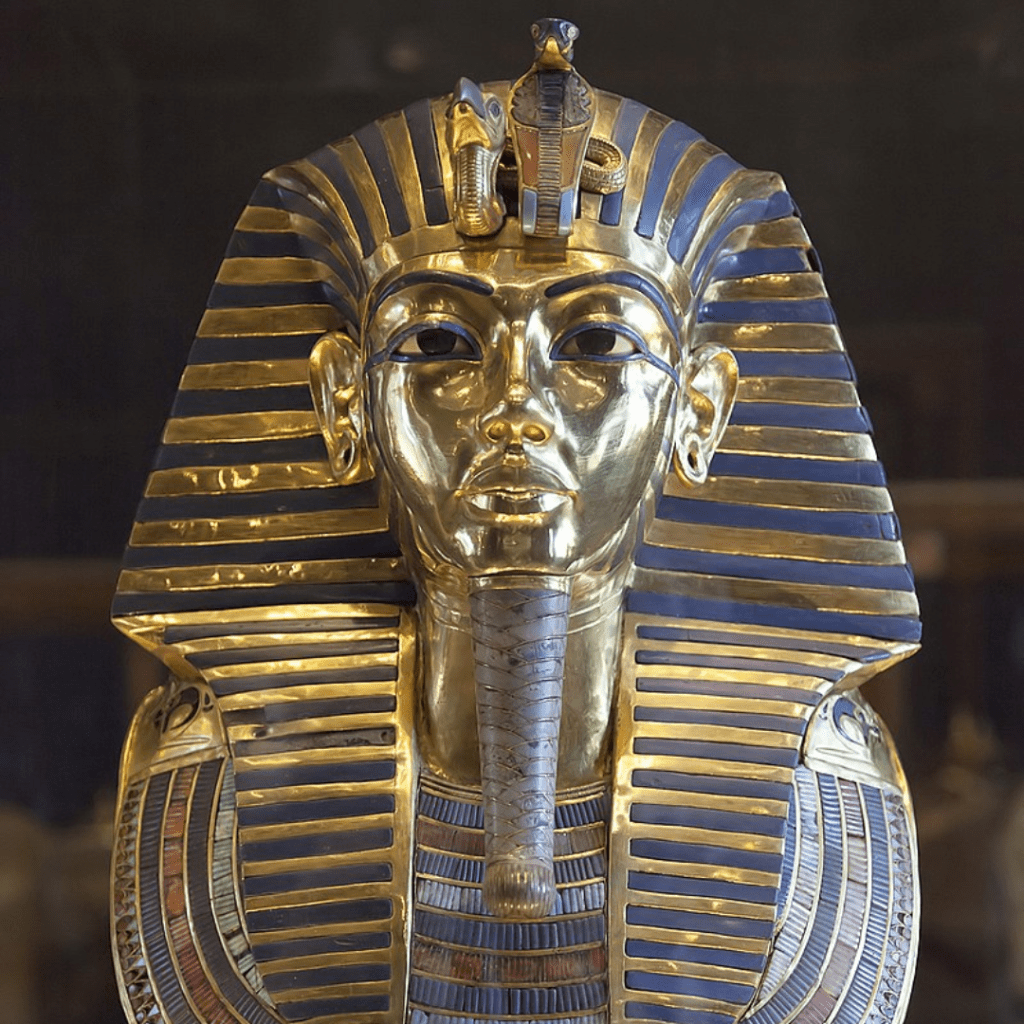
He may also be the Nibhurrereya mentioned in ancient texts. He was probably “Rathotis,” the eighth dynasty monarch, who ruled for nine years, based on the ancient historian Manetho. The role of vizier was divided between Upper and Lower Egypt during this time.
Mathematical prowess
The ancient Egyptians needed a deep understanding of mathematics, particularly geometry, to construct their gigantic pyramids. Business dealings were recorded using mathematics and numbers, and also the Ancient Egyptians actually created a decimal system. All of their numbers, like 1, 10, and 100, were multiples of 10.
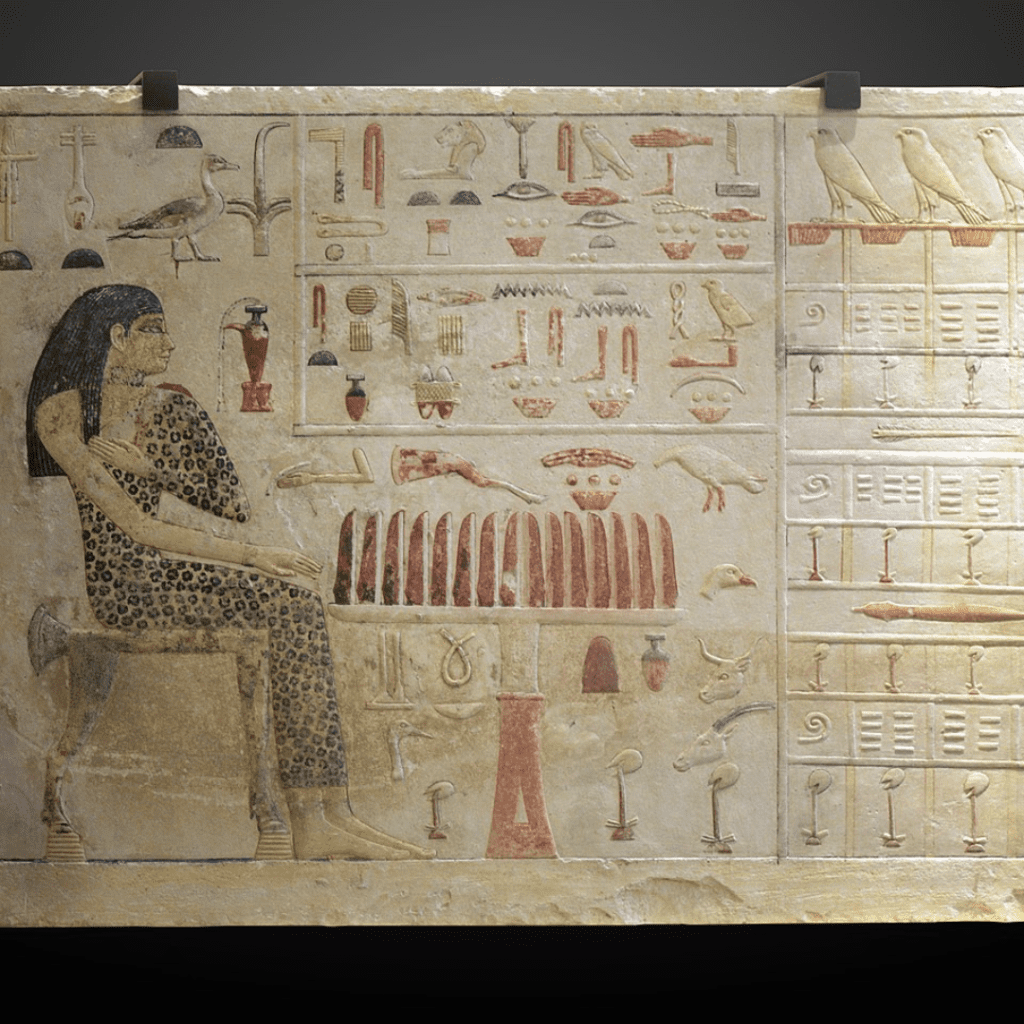
Based on this revolutionary decimal system, they would use the number “1” four times to represent four units. One of their works, the Temple of Abu Simbel, which still inspires awe to this day, beautifully displays their progress in mathematical knowledge.
Their version of the calendar
An annual solar calendar of 365 days was devised by the ancient Egyptians. Comparing the divisions to the current calendar, it was slightly off. Only three seasons totaling 120 days were present. Each season was then subdivided into four 30-day months.
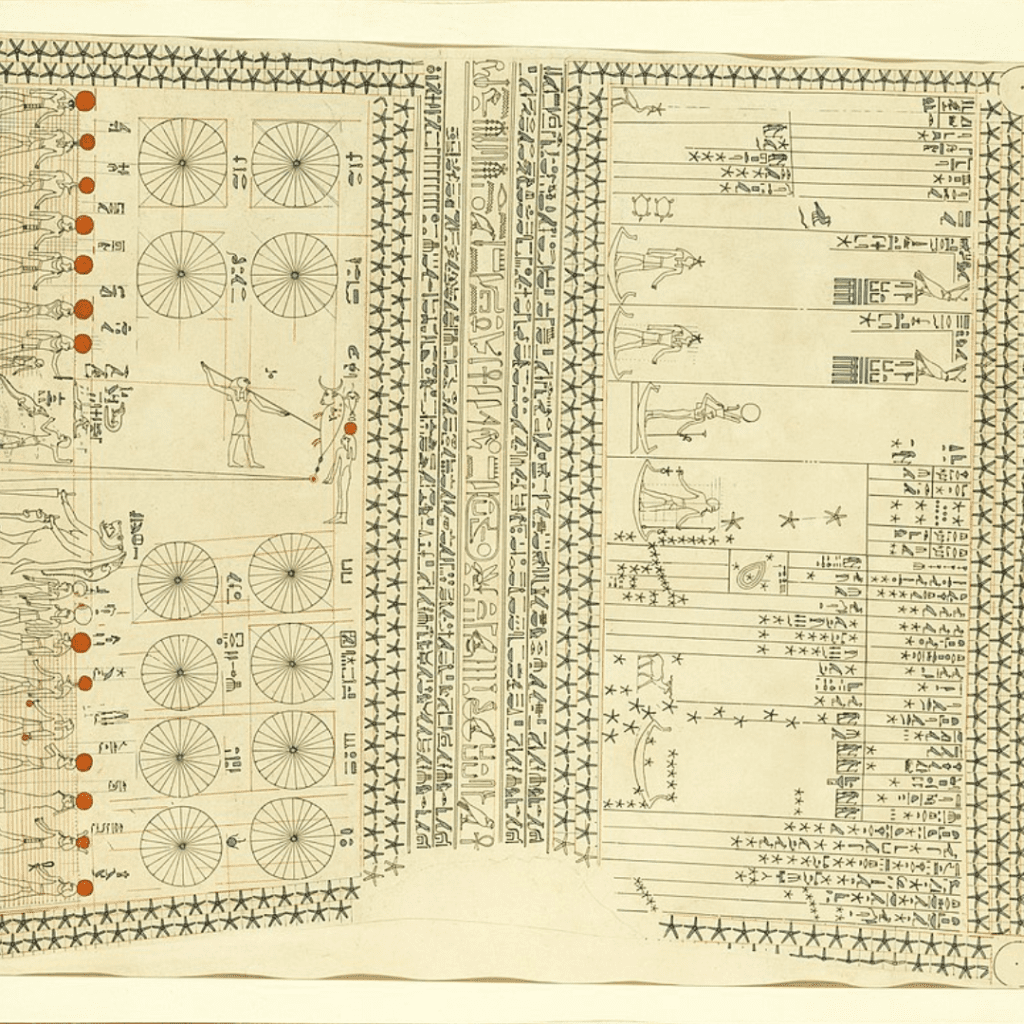
It also included an extra month with five epagomenal days that were considered to be separate from the actual year. Originally, months inside a season were frequently referred to by the titles of their major festivals. Additionally, months were split up into three decades of 10 days.
The Aswan Dam
The massive Aswan Dam is an amazing historical and architectural undertaking. Around the time the Aswan Dam was being built, one of the most significant Cold War struggles took place. Outside of its historical significance, the dam’s size is mind-boggling at times.

The dam is 3,600 meters in length, 11 meters tall, plus 980 meters broad at its base. Its thickness of nearly a kilometer (tapering to “only” 40 meters just at the top) is what most astounds people. This conveys more information about the strain it is under!
International trade during ancient times
Due to its lack of capacity to attain self-sufficiency despite its richness and plentiful natural resources, ancient Egypt relied largely on trade. It is an aspect that is regarded as one of the most important parts of any civilization, whether it exists locally or globally.

The strategic geographic position of the ancient Egyptian empire (between the Mediterranean and the Red Seas) allowed for international commerce, which improved everyone’s quality of life. Ancient Egypt traded many items with different nations for three millennia, including Nubia, Kush, and Punt.
Writing systems
Around 1,000 different characters make up the Ancient Egyptian system of writing. It combines logographic, syllabic, and alphabetic features. They also possessed a separate flowing, cursive script (called the hieratic script), which was employed for religious writing on reed and wood.
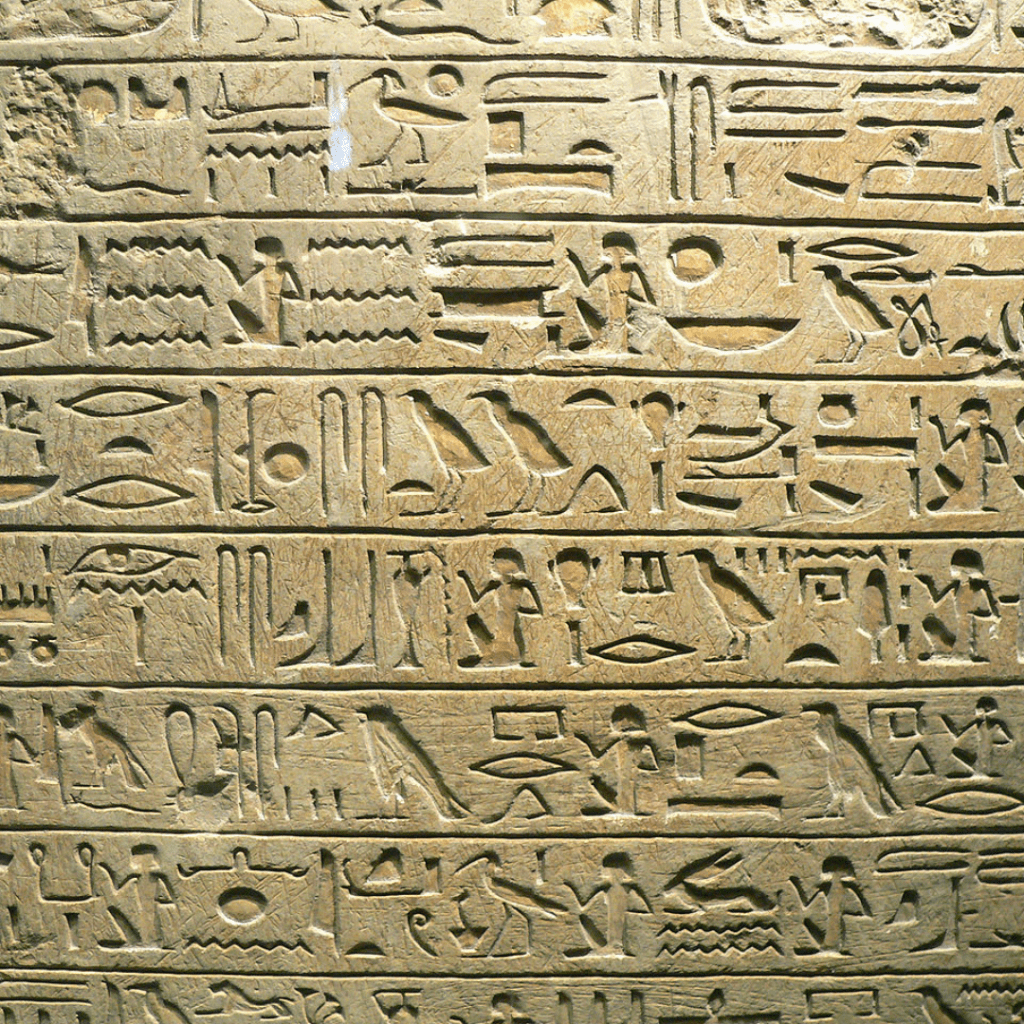
The Arabic, Latin, and Cyrillic scripts are some of the most well-known modern scripts that were derived from the Egyptian hieroglyphic system. It is also conceivable that hieroglyphs served as the foundation for the Brahmic group of scripts. Pretty amazing, right?
What was the hieratic script?
The Hieratic script was created and refined roughly during the same period as the Hieroglyphic script. Hieratic coexisted with hieroglyphics for daily tasks like writing letters and maintaining records and accounts. It continued to be employed until the 26th dynasty.
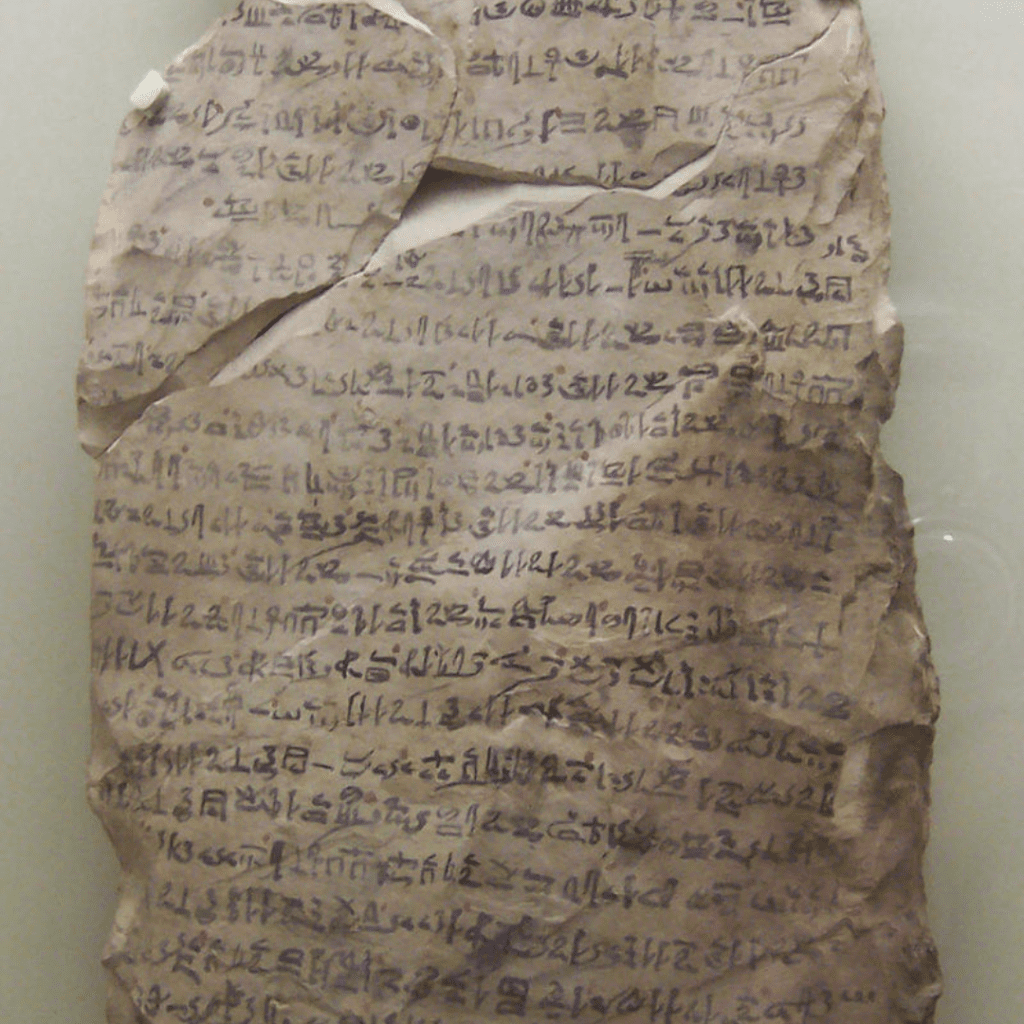
By that period, the Demotic script had mostly replaced it with everything save religious texts. The Sumerians of Mesopotamia introduced the cuneiform script, and according to some scholars, Mesopotamia is where the written word originated and where the concept was brought to Egypt.
The mummy’s curse
The man who financed the dig of King Tutankhamun’s tomb, George Herbert, the 5th Earl of Carnarvon, passed within a few months after the tomb’s discovery in 1922. It took no time for whispers to spread that the English lord’s death was triggered by the “Mummy’s Curse.”
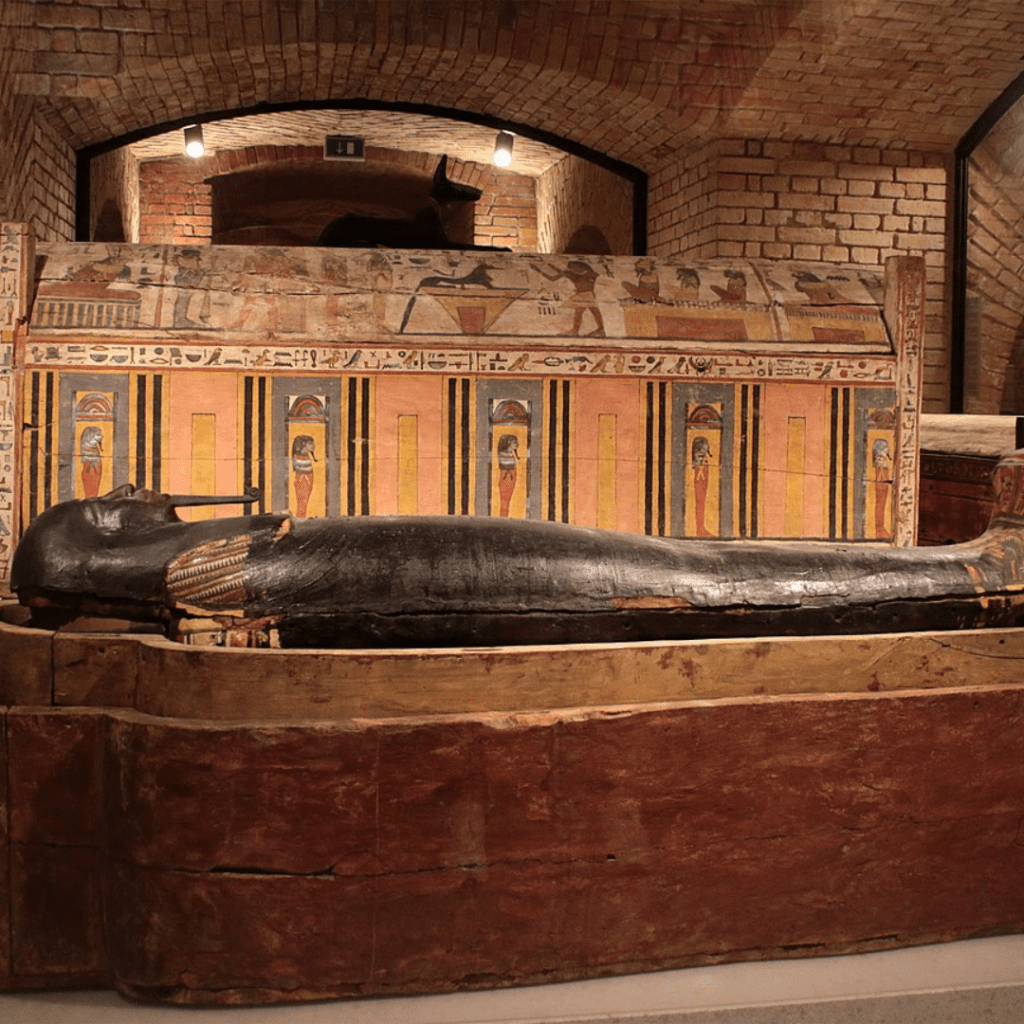
Some scientists have looked into its roots and causes, releasing plenty of research on the matter. For instance, specialists attempted to ascertain using mathematical models if a long-lived disease might be the cause of the claimed curse in papers published during the 90s.
